Explore a handpicked selection of climate and nature-themed books recommended by the One Earth team.
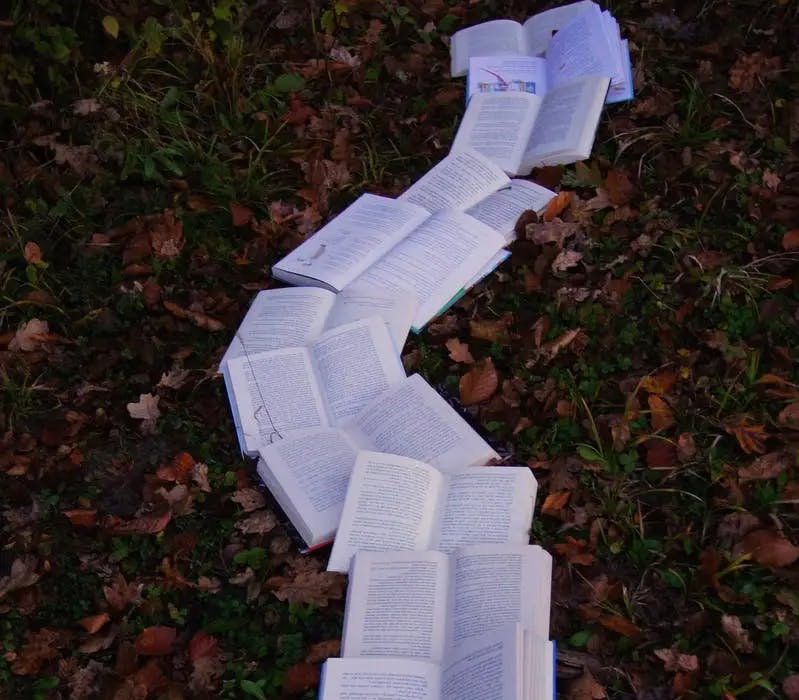
One Earth Books and Films List
-

When the Earth Was Green
Recommended by: Lindsey Jean Schueman
Get bookAuthor Riley Black invites readers on a vivid journey through prehistoric time, exploring the vital role plants played in shaping life on Earth. From ancient seas to primeval forests, each chapter reveals how evolving flora made possible the rise of animals, from dinosaurs to humans, by transforming the atmosphere and reshaping ecosystems. When the Earth Was Green highlights the deep interconnectedness of plant and animal life across billions of years. This is a story not just of the past, but of the living legacy that continues to define our future.
-

The Nature of Nature: Why We Need The Wild
Get bookIn The Nature of Nature, ecologist Enric Sala makes a compelling case for why protecting nature is not only essential for our survival but also economically smart. Drawing from his journey from scientist to conservationist and his work leading National Geographic’s Pristine Seas project, Sala illustrates how healthy ecosystems benefit both people and the planet. Through surprising insights and stories from the field, he challenges conventional thinking—from the role of sharks to the importance of crop diversity. This powerful manifesto reveals how saving nature is the most practical path to safeguarding our planet.
-
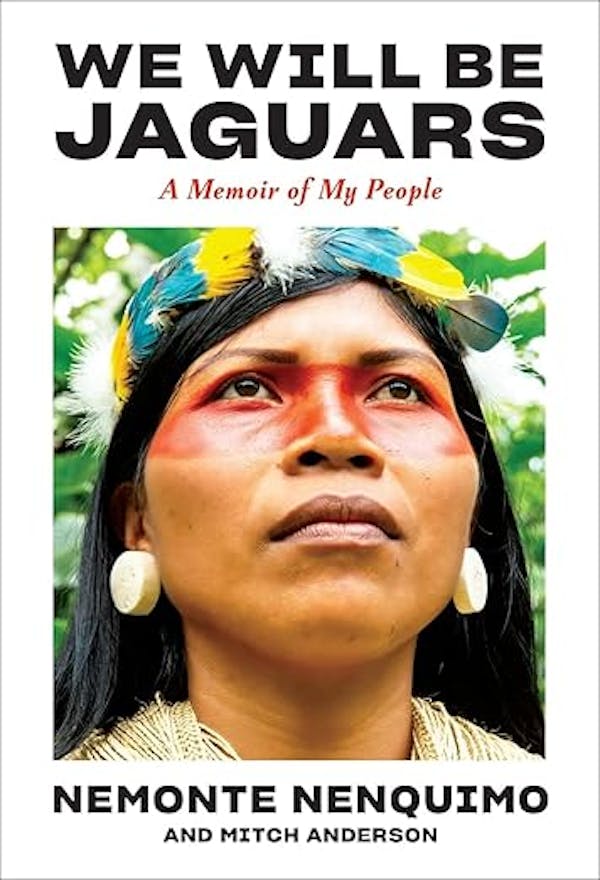
We Will Be Jaguars: A Memoir of My People
Get bookCo-authored by Nemonte Nenquimo and Mitch Anderson, this powerful memoir takes readers into the heart of the Amazon rainforest. Waorani leader Nemonte shares the stories of her ancestors and her fight to protect her people’s land from oil companies, offering a deep reflection on the vital connection between Indigenous cultures and the natural world. We Will Be Jaguars is not just a book, but a call to honor Indigenous wisdom and save the Amazon for future generations.
-
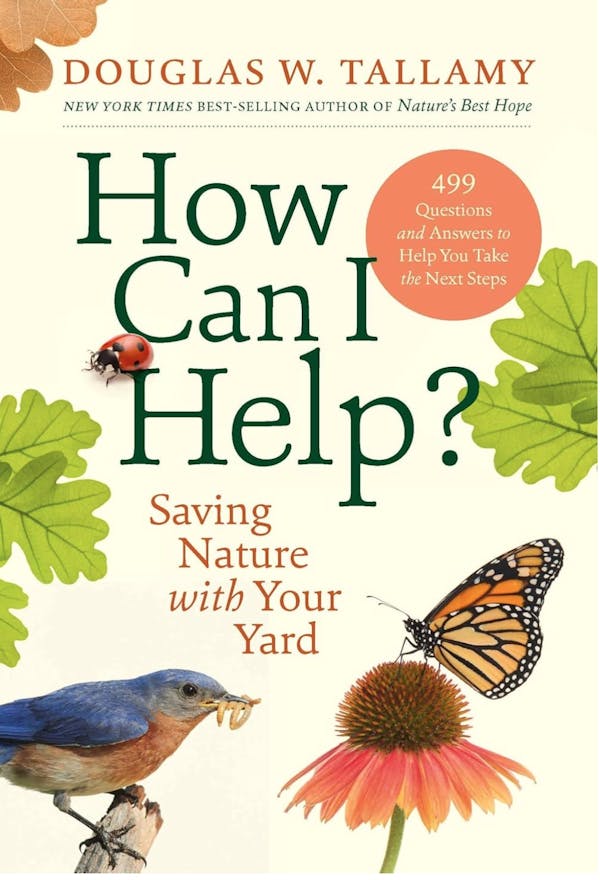
How Can I Help? Saving Nature With Your Yard
Get bookIn How Can I Help?, wildlife ecology expert and environmental advocate, Douglas W. Tallamy tackles the questions commonly asked at his popular lectures and shares compelling and actionable answers that will help gardeners and homeowners take the next step in their ecological journey. Topics range from ecology, evolution, biodiversity and conservation to restoration, native plants, invasive species, pest control, and supporting wildlife at home. Tallamy keenly understands that most people want to take part in conservation efforts but often feel powerless to do so as individuals. But one person can make a difference, and How Can I Help? details how. Whether by reducing your lawn, planting a handful of native species, or allowing leaves to sit untouched, you will be inspired and empowered to join millions of other like-minded people to become the future of backyard conservation.
-
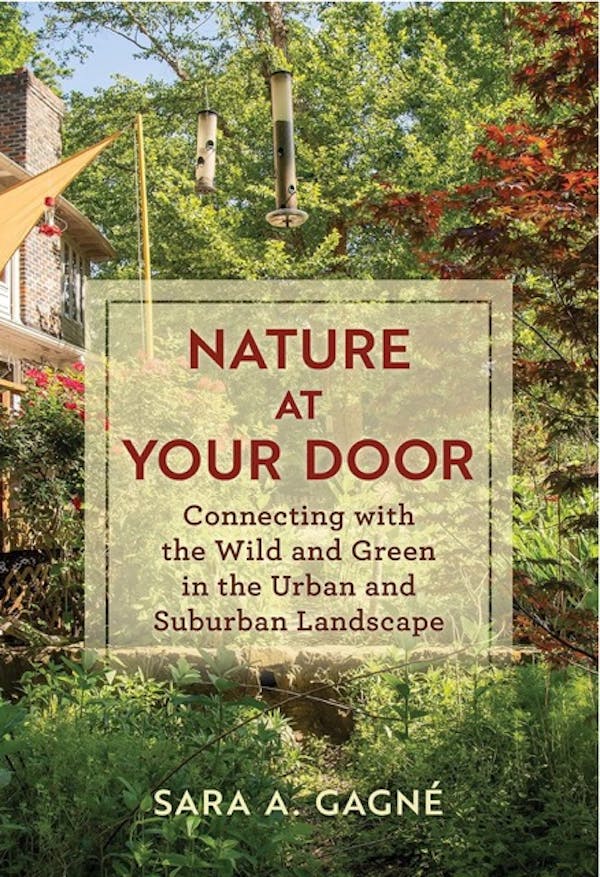
Nature at Your Door: Connecting with the Wild and Green in the Urban and Suburban Landscape
Get bookLandscape ecologist Sara Gagné reveals how the everyday spaces around us—yards, streets, parks, and neighborhoods—play a vital role in supporting urban biodiversity. Drawing on cutting-edge science and personal experience, she shows how our daily choices directly shape local ecosystems and, in turn, how green spaces shape our well-being. Each chapter explores a different part of the urban landscape, offering practical steps to reconnect with nature and make our communities healthier and more vibrant. This engaging guide empowers readers to see themselves as stewards of the places they call home.
-
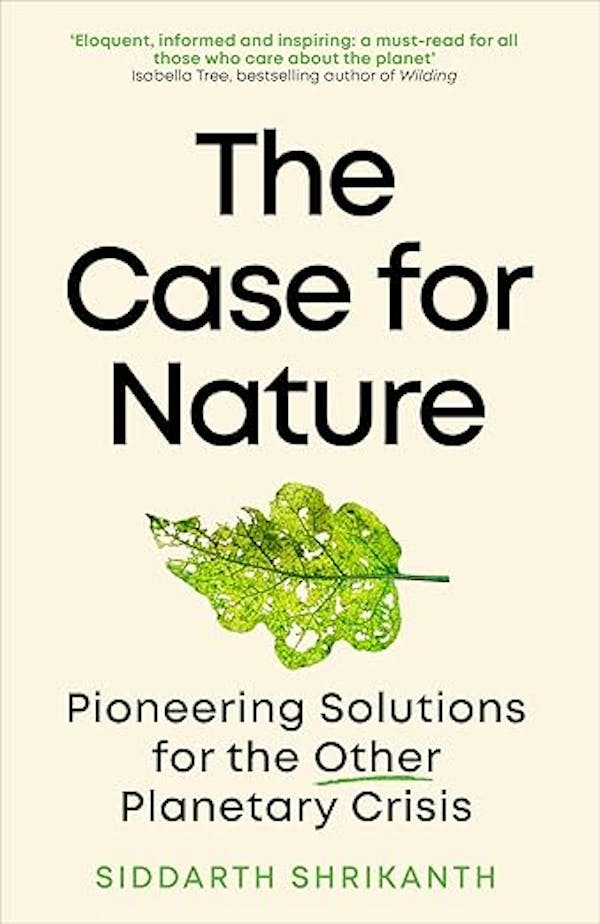
The Case for Nature: Pioneering Solutions for the Other Planetary Crisis
Recommended by: Karl Burkart
Get bookThe Case for Nature makes a compelling argument: we are facing not one crisis, but two—climate breakdown and ecosystem collapse. Cutting emissions won’t be enough. To truly protect our future, we must recognize that nature is not just invaluable, but also holds measurable economic worth. Siddarth Shrikanth, an expert in green investing, explores how restoring biodiversity—through innovation, investment, and Indigenous wisdom—can generate both environmental resilience and economic gain. This book offers a clear-eyed roadmap for integrating nature into modern systems and building a truly nature-positive future.
-
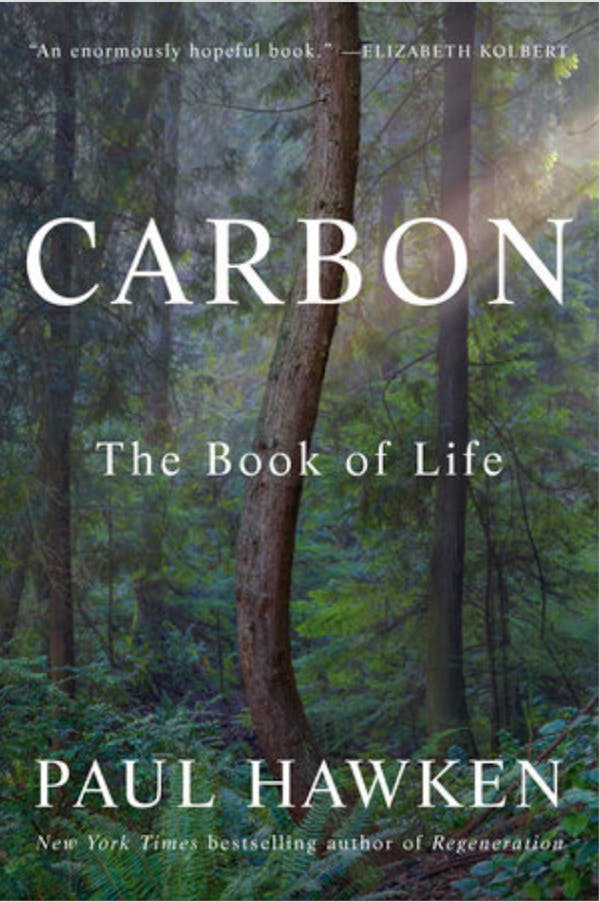
Carbon: The Book of Life
Recommended by: Edward Bell
Get bookIn Carbon, Paul Hawken reimagines the element often blamed for climate change as the foundation of all life on Earth. Though it makes up only a tiny fraction of the planet’s composition, carbon is essential—present in every plant, animal, insect, and ecosystem. With a wide-ranging and deeply human lens, Hawken traces carbon’s role across planetary history, from soil to sky, fungi to farms. Rather than casting it as a villain, he offers a new, hopeful narrative—one that sees carbon as a powerful force for regeneration and a key to shaping a more life-affirming future.
-
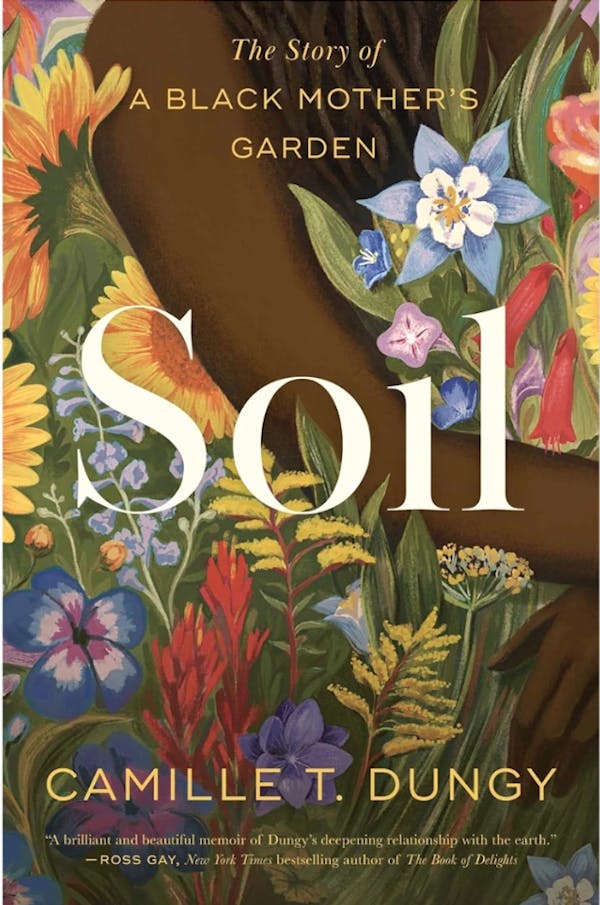
Soil: The Story of a Black Mother's Garden
Get bookIn Soil: The Story of a Black Mother’s Garden poet and scholar Camille T. Dungy recounts the seven-year odyssey to diversify her garden in the predominantly white community of Fort Collins, Colorado. When she moved there in 2013, with her husband and daughter, the community held strict restrictions about what residents could and could not plant in their gardens. In resistance to the homogenous policies that limited the possibility and wonder that grows from the earth, Dungy employs the various plants, herbs, vegetables, and flowers she grows in her garden as metaphor and treatise for how homogeneity threatens the future of our planet, and why cultivating diverse and intersectional language in our national discourse about the environment is the best means of protecting it.
-
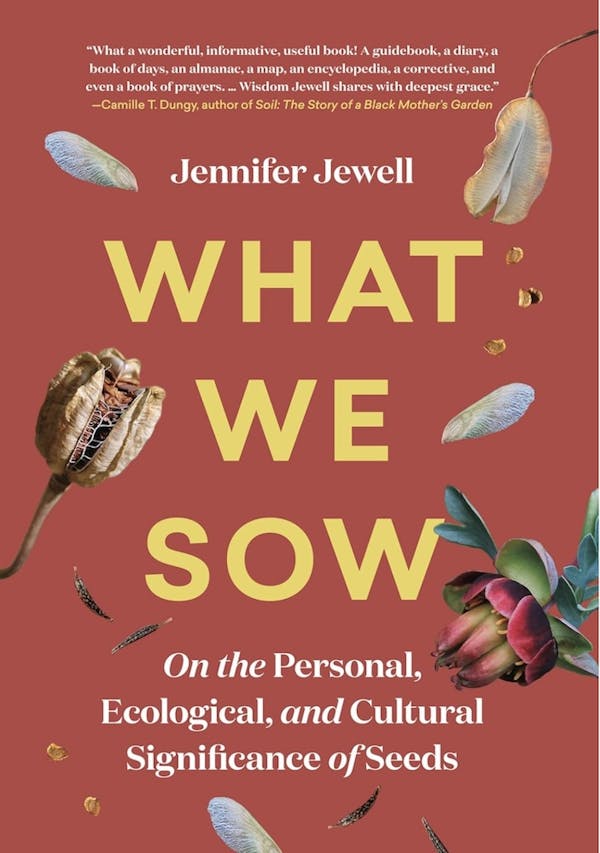
What We Sow: On the Personal, Ecological, and Cultural Significance of Seeds
Get bookIn What We Sow, Jennifer Jewell embarks on a year-long exploration of the profound power and politics of seeds. Blending personal reflection with investigative reporting, she reveals how corporate control, historical injustice, and cultural erasure have shaped the seeds we depend on—and what’s at stake in reclaiming them. From marveling at wild seed forms on neighborhood walks to spotlighting activists fighting for seed sovereignty, Jewell makes a compelling case for protecting seed diversity. This thoughtful book challenges us to see seeds not just as beginnings, but as reflections of our values, choices, and collective future.
-
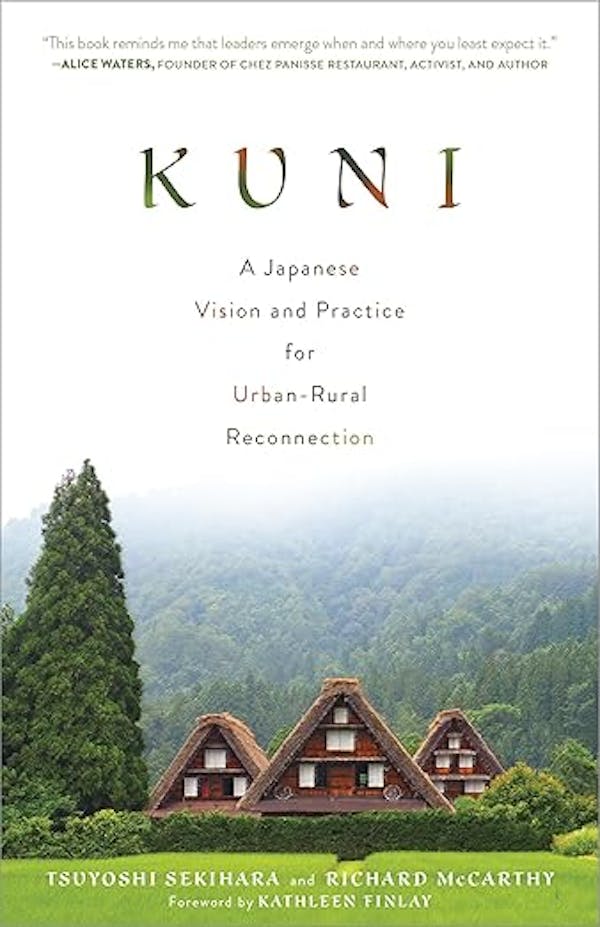
Kuni: A Japanese Vision and Practice for Urban-Rural Reconnection
Get bookKuni offers a unique model for the revitalization of rural and deindustrialized lands and communities--and shares lessons in citizen-led regeneration for all of us, regardless of where we live. “Kuni” is both a reimagining of the Japanese word for "nation" and an approach to reviving communities. It shows what happens when dedicated people band together and invest their hearts, minds, and souls back into a community, modeling a new way of living that actually works.
-

Eight Bears: Mythic Past and Imperiled Future
Get bookEight Bears by Gloria Dickie is an immersive exploration into the lives of the world’s eight remaining bear species and the existential threats they face in a rapidly changing world. From the iconic polar and panda bears to lesser-known species like the spectacled and sloth bears, Dickie’s journey spans diverse habitats—from Arctic ice floes to Andean cloud forests—uncovering the challenges of human encroachment and climate change. With insights from conservationists, ecologists, and cultural tales, this book paints a compelling portrait of our complex relationship with bears and issues a call to protect these remarkable creatures before it’s too late.
-

Truth Demands: A Memoir of Murder, Oil Wars, and the Rise of Climate Justice
Recommended by: Lindsey Jean Schueman
Get bookTruth Demands is a powerful memoir of love, loss, and justice. Twenty years after the murder of her partner, environmental activist Terence Freitas, Abby Reyes is drawn into Colombia’s truth and recognition process. As she confronts old wounds and unsettling revelations, she weaves a story of grief, resilience, and a global fight for accountability. Spanning decades and continents, Truth Demands is a courageous reckoning with the past—and a call to meet the truth with open hands.
-
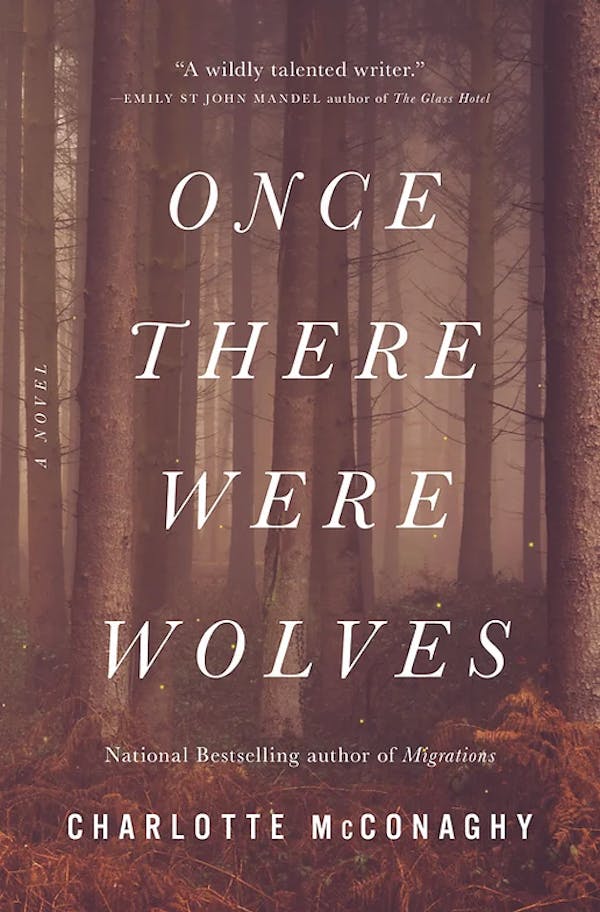
Once There Were Wolves: A Novel
Recommended by: Lindsey Jean Schueman
Get bookOnce There Were Wolves by Charlotte McConaghy is a gripping novel that entwines conservation with a powerful story of love, trauma, and mystery. Biologist Inti Flynn arrives in the Scottish Highlands to reintroduce gray wolves, hoping their return will revive the landscape and heal her deeply scarred twin sister. As the wolves begin to flourish, a farmer’s death shakes the community, and suspicions turn toward the wolves. Determined to protect them, Inti faces tough choices as she navigates the pull of new love and the haunting possibility that the killer might be closer than she thinks. This spellbinding tale beautifully captures the primal connection between humans and the wild, exploring both the beauty and darkness in nature—and in ourselves.
-
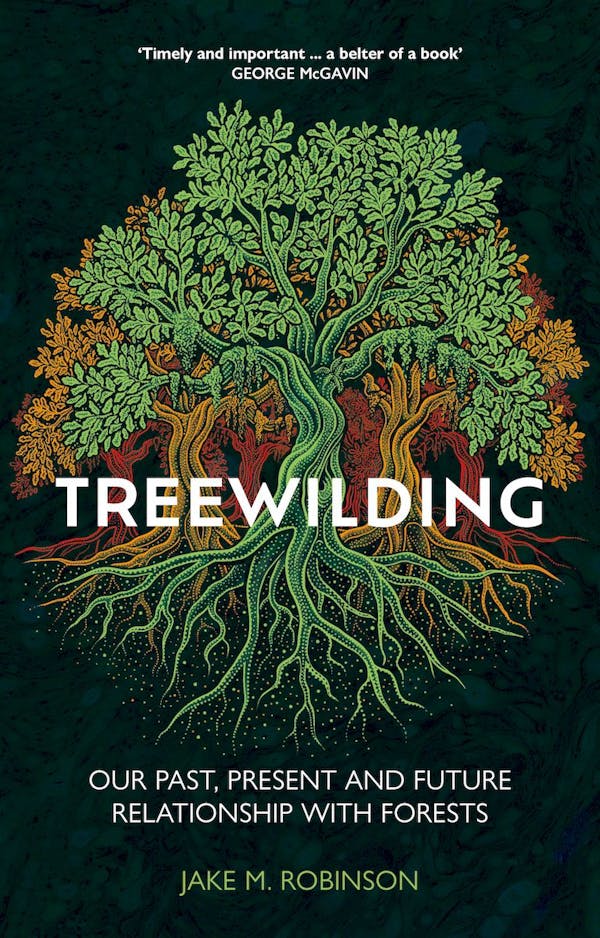
Treewilding: Our Past, Present and Future Relationship with Forests
Get bookTreewilding by Jake Robinson delves into the urgent need for thoughtful, science-driven forest restoration as deforestation accelerates worldwide. While reforestation efforts are booming, Robinson reveals the dangers of misguided tree-planting and greenwashing that can harm ecosystems and local communities. Blending cutting-edge science with Indigenous wisdom, this book advocates for a holistic approach that respects the complex social and ecological roles forests play. Treewilding invites readers to reimagine our relationship with trees and recognize forests as dynamic systems essential for both human and environmental well-being.
-
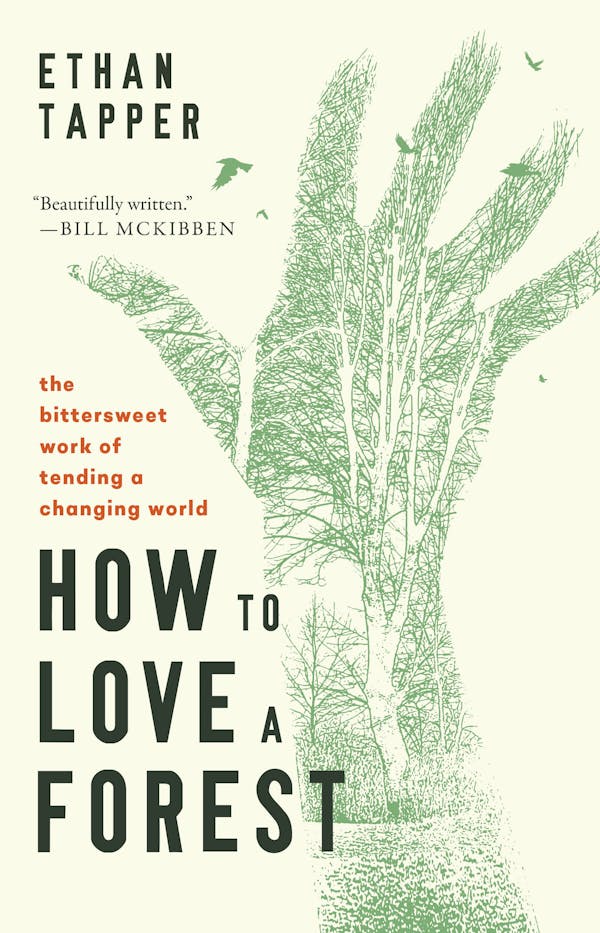
How to Love a Forest: The Bittersweet Work of Tending a Changing World
Get bookIn “How to Love a Forest,” forester Ethan Tapper explores the complexities of tending to forests in a time of ecological decline and extinctions. Readers are introduced to the intricate communities within forests, including wolf trees, spring ephemerals, and the creatures of the rhizosphere and necrosphere. He challenges the notion that the only way to love nature is to leave it untouched, arguing instead for a nuanced approach where actions like felling trees and hunting deer, though seemingly harsh, can be acts of compassion. Tapper's striking prose presents a new land ethic, reminding us that what is simple is rarely true, and what is necessary is rarely easy.
-
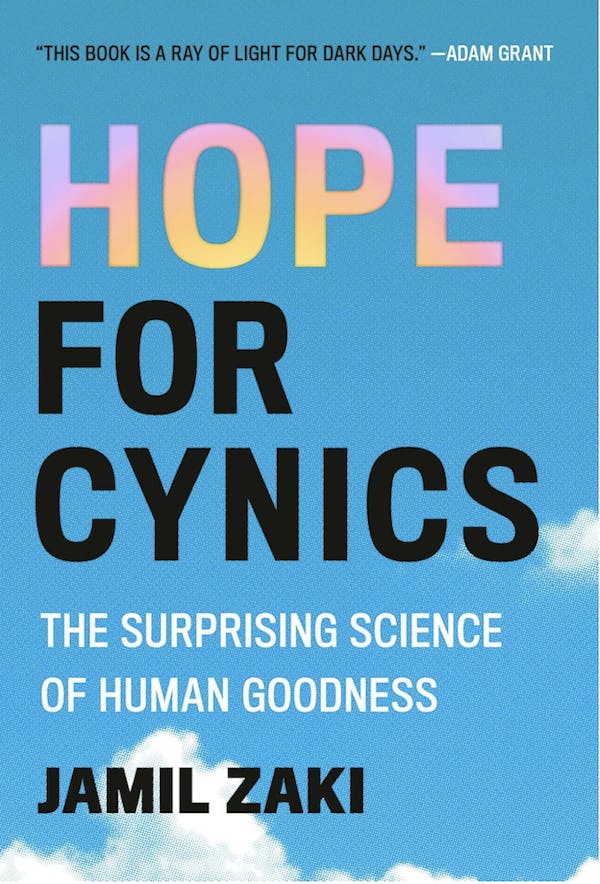
Hope for Cynics: The Surprising Science of Human Goodnes
Get bookWe don’t have to remain stuck in a cynicism trap. Through science and storytelling, author Jamil Zaki imparts the secret for beating back cynicism: hopeful skepticism—thinking critically about people and our problems, while honoring and encouraging our strengths. Far from being naïve, hopeful skepticism is a precise way of understanding others that can rebalance our view of human nature and help us build the world we truly want.
-
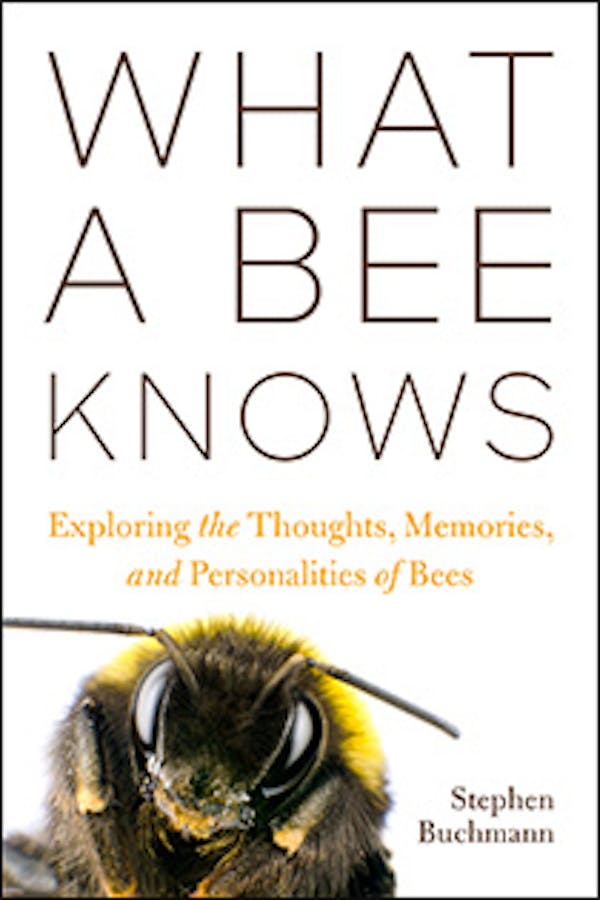
What a Bee Knows: Exploring the Thoughts, Memories, and Personalities of Bees
Get bookWhat a Bee Knows by entomologist Stephen Buchmann takes readers on a fascinating journey into the intricate minds of bees. From using scent maps and electrostatic cues to learning, remembering, and even dreaming, bees reveal extraordinary cognitive abilities despite their tiny brains. Buchmann introduces us to the scientists dedicated to uncovering these mysteries, sharing insights that challenge our perception of bees—and our understanding of intelligence itself. This captivating exploration unveils the complex, unseen world of bees, inviting us to reconsider our place in nature’s interconnected web.
-
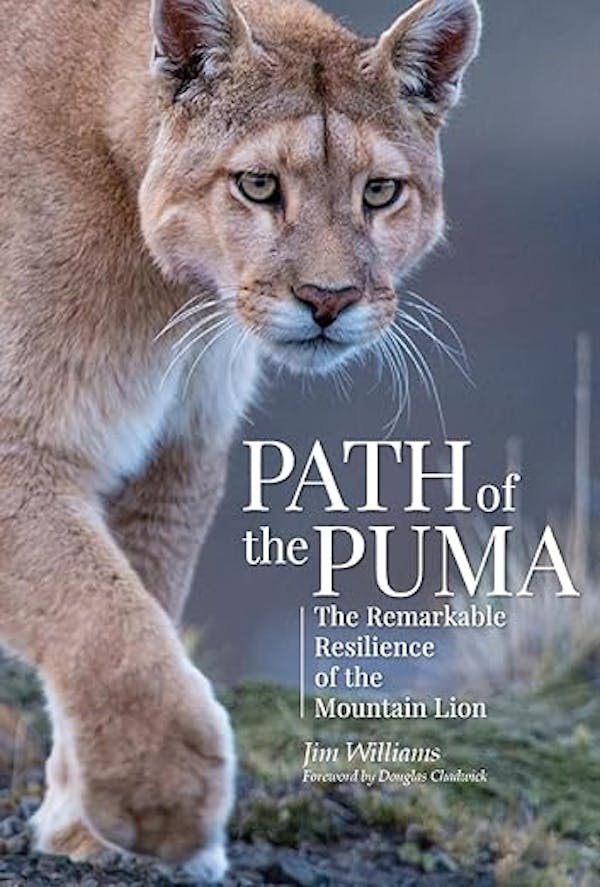
Path of the Puma: The Remarkable Resilience of the Mountain Lion
Get bookDuring a time when most wild animals are experiencing decline in the face of development and climate change, the intrepid mountain lion—also known as a puma, a cougar, “ghost cat,” and by many other names—has experienced reinvigoration as well as expansion of territory. In Path of the Puma: The Remarkable Resilience of the Mountain Lion, wildlife biologist Jim Williams celebrates wildlife research and conservation of ghost cats from Canada’s southern Yukon Territory to Tierra del Fuego in Argentina and Chile, exploring what makes this cat, the fourth carnivore in the food chain—just ahead of humans—so resilient and resourceful. He shares stories of magical landscapes, remarkable wildlife habitats, and the people who work to protect them.
-
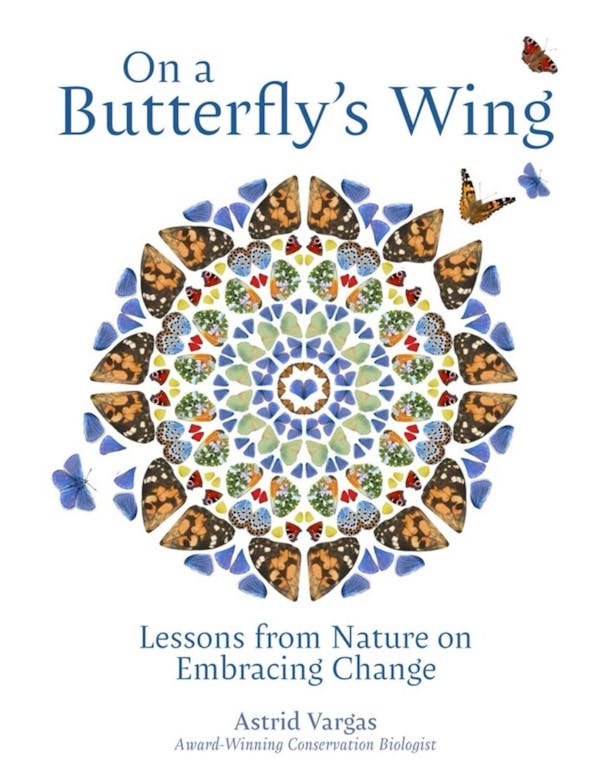
On a Butterfly's Wings: Lessons from Nature on Embracing Change book cover
Get bookFrom one of the world’s leading conservation biologists comes a beautifully illustrated, autobiographical story about how the parallel lives of a butterfly and a beloved mother can help us to reflect on the unique privilege of being alive. In an era of global change, we need narratives that offer hope. On a Butterfly’s Wing: Lessons from Nature on Embracing Change is just that, inviting readers to discover what these remarkable creatures can teach us about our own difficult transformations. This book not only shows us how to restore our relationship with the butterflies that mitigate and measure our planet’s health, it invests profits in planting flowers—arranged in butterfly shapes—to feed future generations of pollinators.
-
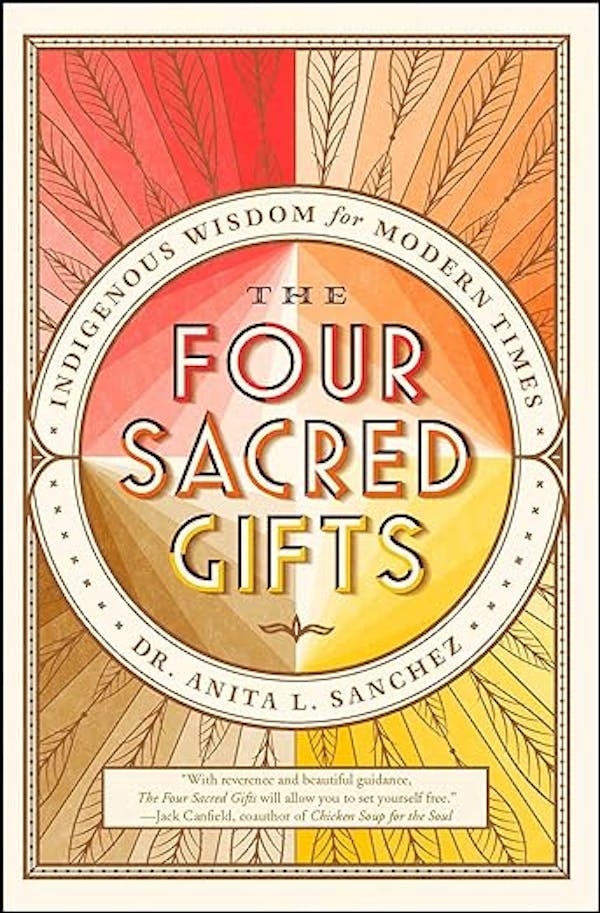
The Four Sacred Gifts: Indigenous Wisdom for Modern Times
Recommended by: Justin Winters
Get bookAnita Sanchez introduces us to the beauty and practical power of Indigenous elders from Asia, Africa, Europe, and the Americas sharing a prophecy for the betterment of our lives as individuals and as one relation through four sacred gifts. These gifts are the gift to forgive the unforgivable, the gift of unity, the gift of healing, and the gift of hope. Understanding these gifts will illuminate your true purpose, heal your past, deepen your relationships, and help you become a powerful source of inspiration and leadership for the well-being of all humankind.
-
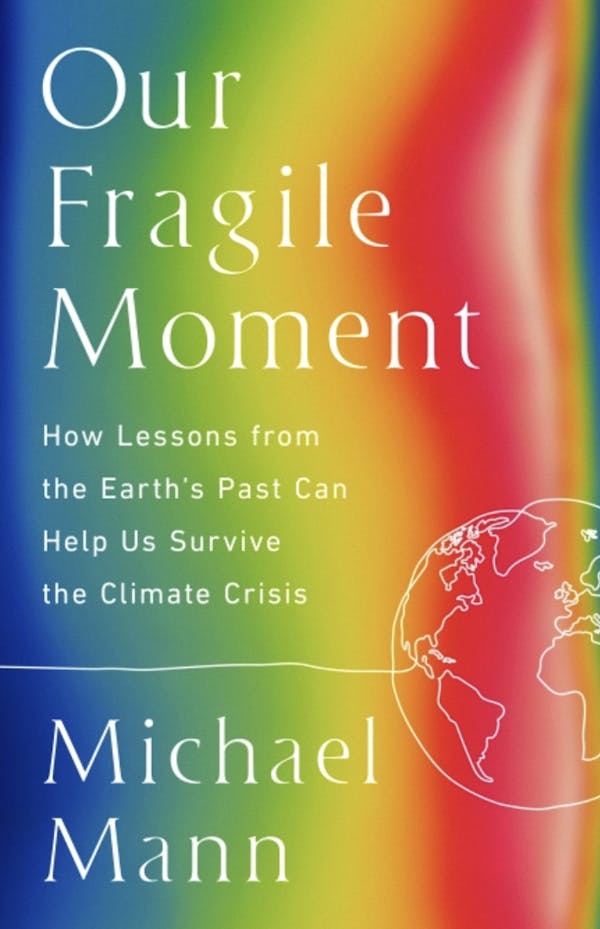
Our Fragile Moment: How Lessons from the Earth's Past Can Help Us Survive the Climate Crisis
Recommended by: Nuna Teal
Get bookThe conditions that allowed humans to live on this earth are fragile, incredibly so. Climate variability has at times created new niches that humans or their ancestors could potentially exploit, and challenges that at times have spurred innovation. But there’s a relatively narrow envelope of climate variability within which human civilization remains viable. And our survival depends on conditions remaining within that range. In this book, renowned climate scientist Michael Mann will arm readers with the knowledge necessary to appreciate the gravity of the unfolding climate crisis, while emboldening them—and others--to act before it truly does become too late.
-
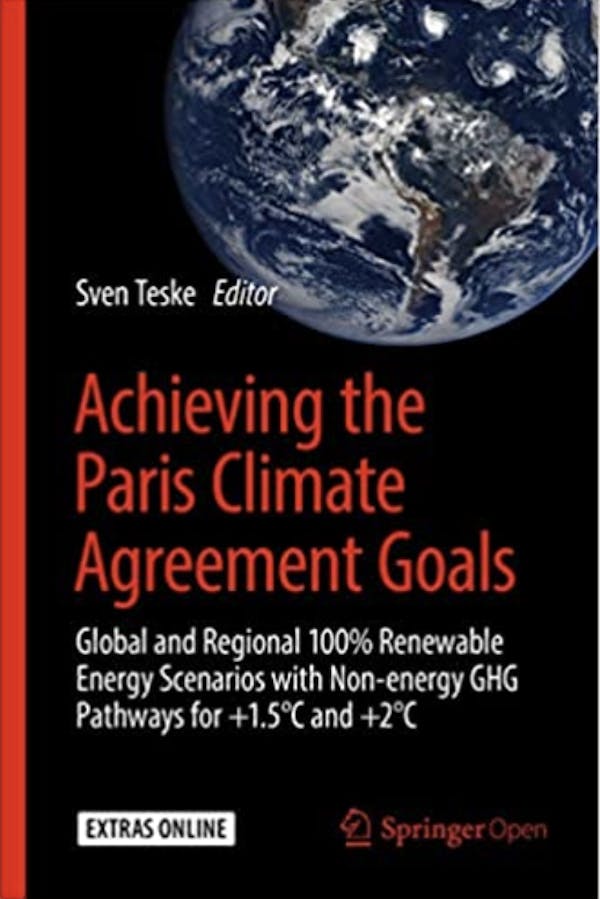
Achieving the Paris Climate Agreement Goals
Get bookA groundbreaking "One Earth Climate Model" released by the prestigious scientific publisher Springer Nature offers a roadmap for meeting—and surpassing—the targets set by the Paris Climate Agreement, proving that we can solve the global climate crisis with a transition to 100% renewable energy and a large land conservation and restoration effort. The book, entitled Achieving the Paris Climate Agreement Goals, was the culmination of a two-year scientific collaboration with 17 leading scientists at the University of Technology Sydney (UTS), two institutes at the German Aerospace Center (DLR), and the University of Melbourne’s Climate & Energy College.
-
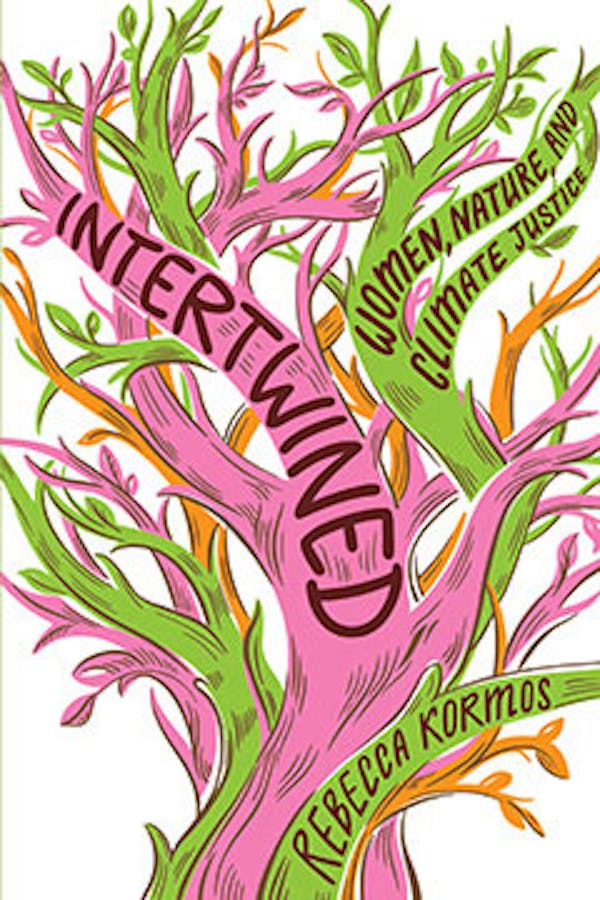
Intertwined: Women, Nature, and Climate Justice
Recommended by: Karl Burkart
Get bookIn Intertwined: Women, Nature, and Climate Justice, writer and wildlife biologist Rebecca Kormos elevates women's voices working to prevent the climate crisis. The book weaves together their stories to make a powerful case that greater inclusion of women in conservation and climate science is key to the future of our planet. The book shows that empowering women is one of the most important solutions to climate change and biodiversity loss. Equal representation and women’s leadership and are linked to lower CO2 emissions, better forest management, better land protection, less land grabbing, and fewer conflicts over resources. Intertwined is a must-read for advocates of environmental sustainability and gender equity.
-
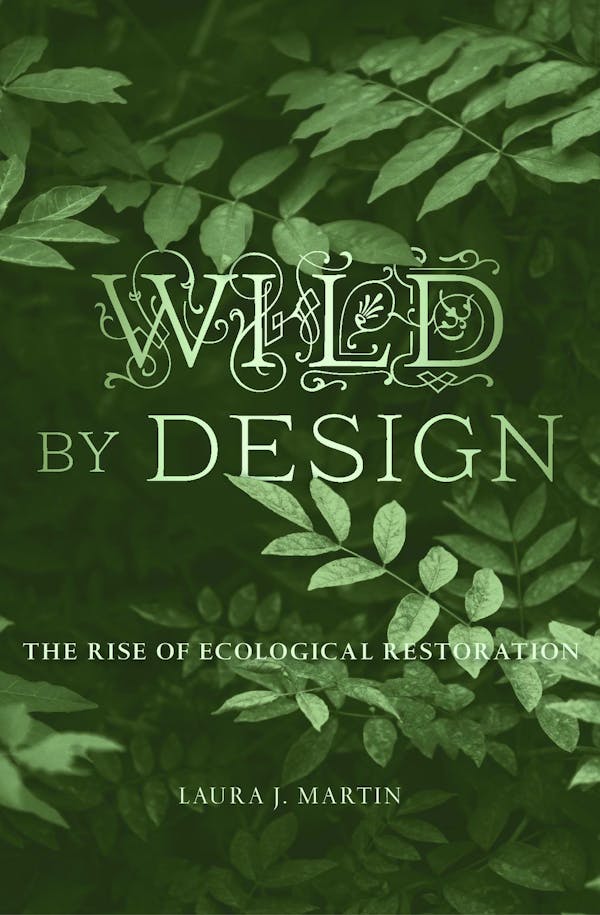
Wild by Design: The Rise of Ecological Restoration
Recommended by: Karl Burkart
Get bookToday ecological restoration is a global pursuit. Governments, nonprofits, and corporations spend billions of dollars each year to remove invasive species, build wetlands, and reintroduce species driven from their habitats. Wild by Design uncovers the history of restoration science and policy. It argues that restoration is best understood as a process of co-designing nature with non-human collaborators. In Wild by Design, restoration’s past provides vital lessons for our climate-changed future. But author Laura J. Martin also offers something more―a meditation on what it means to be wild and a call for ecological restoration that is socially just.
-

Cheaper, Faster, Better: How We'll Win The Climate War
Recommended by: Rick Ridgeway
Get bookRenowned investor and climate champion Tom Steyer gives us a unique and unvarnished perspective on how we can all fight climate change—joyfully, knowledgeably, and even profitably—at a time of unparalleled consequence and opportunity. While Cheaper, Faster, Better is about our individual choices and actions, at its heart it's more about how our choices and actions can inspire others, and how, through collective action, we can change the system and save our one and only Earth.
-
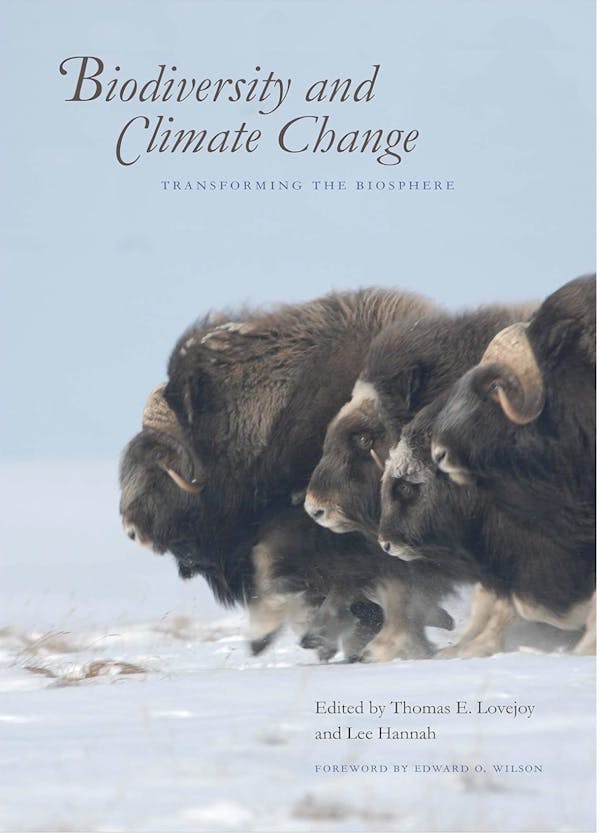
Biodiversity and Climate Change: Transforming the Biosphere
Get bookEditors Thomas E. Lovejoy and Lee Hannah provide a comprehensive and urgent overview of the interactions between biological diversity and climate change, serving as a call to action. Along with leading experts, they summarize observed changes, assess future impacts, and suggest responses, covering topics such as extinction risk, ocean acidification, and ecosystem restoration. The book aims to equip those who care about the planet and manage natural resources with a synthesized understanding of these critical issues.
-
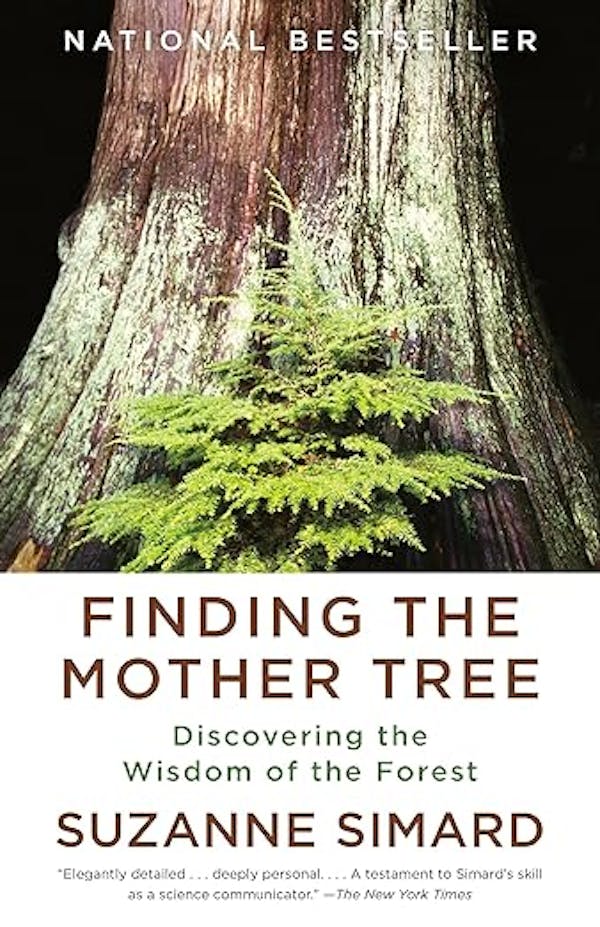
Finding the Mother Tree: Discovering the Wisdom of the Forest
Get bookSuzanne Simard, a pioneer on the frontier of plant communication and intelligence, brings us into her world, the intimate world of the trees, in which she brilliantly illuminates the fascinating and vital truths—that trees are not simply the source of timber or pulp, but are a complicated, interdependent circle of life; that forests are social, cooperative creatures connected through underground networks by which trees communicate their vitality and vulnerabilities with communal lives not that different from our own.
-
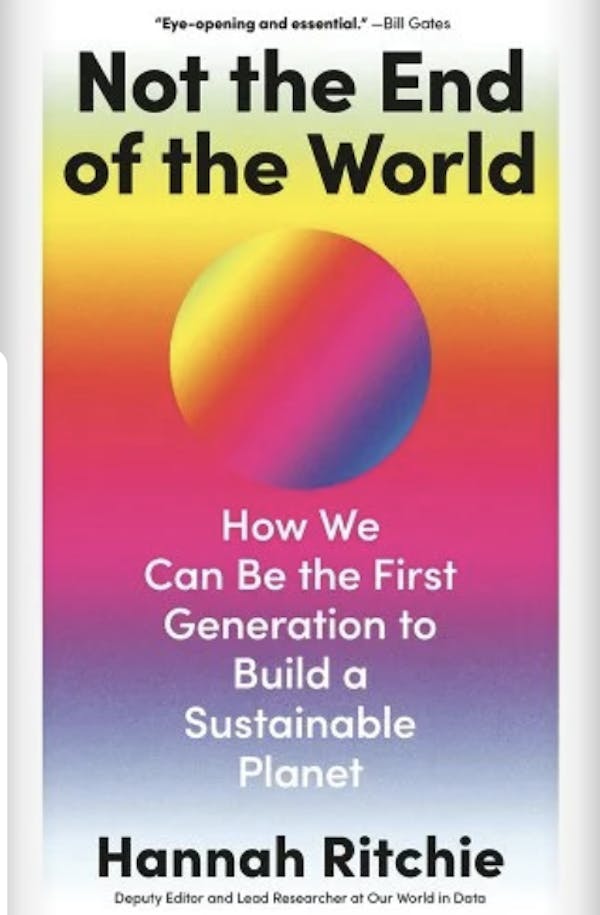
Not the End of the World | How We Can Be the First Generation to Build a Sustainable Planet
Recommended by: Nuna Teal
Get bookIn "Not the End of the World," data scientist Hannah Ritchie challenges the prevalent narrative of impending environmental doom for future generations. Contrary to common fears, Ritchie presents data indicating significant progress in addressing environmental issues. Carbon emissions per capita have decreased, deforestation peaked in the 1980s, air quality has improved since centuries ago, and fewer people die from natural disasters compared to a hundred years ago. The book, filled with up-to-date research, practical advice, and insightful graphics, encourages readers to reconsider their perceptions of environmental challenges. Ritchie emphasizes that while the problems are substantial, they are solvable, offering a hopeful perspective on building a sustainable future through informed lifestyle changes.
-
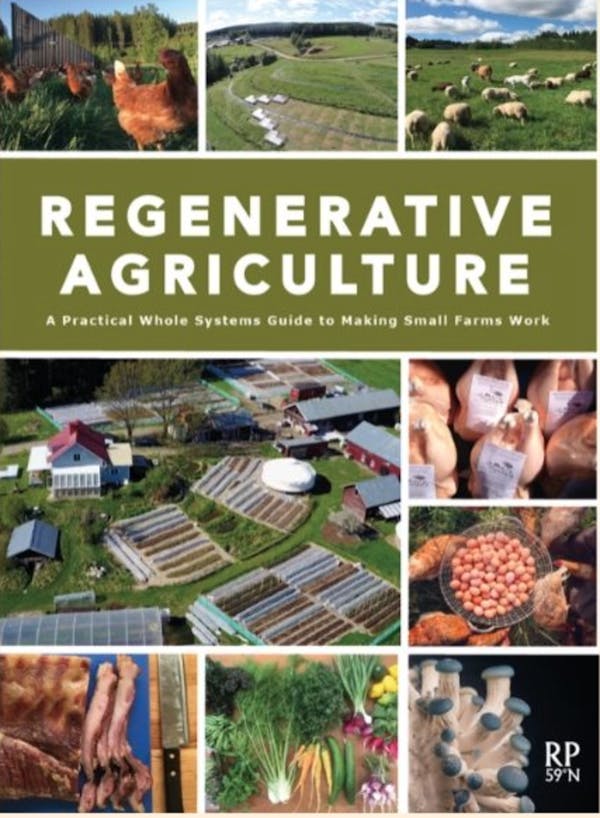
Regenerative Agriculture | A Manual for Making Small Farms Work
Recommended by: Karl Burkart
Get bookRegenerative Agriculture offers a clear and pragmatic approach to designing, installing and managing profitable small farms, and is built around Richard Perkins’s tireless work to restore the dignity to rural stewardship through intelligent human-scale farming. It provides a deep look into the ecological, practical, personal and financial realms of making small farms work. Regenerative farming restores soils and benefits local customers and communities whilst turning a healthy profit for the diligent farmer. With Regenerative Agriculture in hand, you get a jump start on farming for the future.
-

Wild LA: Explore the Amazing Nature in and Around Los Angeles
Recommended by: Edward Bell
Get bookLos Angeles may have a reputation as a concrete jungle, but in reality, it's full of amazing wildlife. You just need to know where to find it! Equal parts natural history, field guide, and trip planner, Wild LA has something for everyone. It looks at the factors that shape local nature—including fire, floods, and climate—and profiles over 100 local species, from easy-to-spot squirrels and praying mantids to more elusive green sea turtles, bighorn sheep, and mountain lions. Also included are descriptions of day trips that help you explore natural wonders on hiking trails, in public parks, and in your own backyard.
-
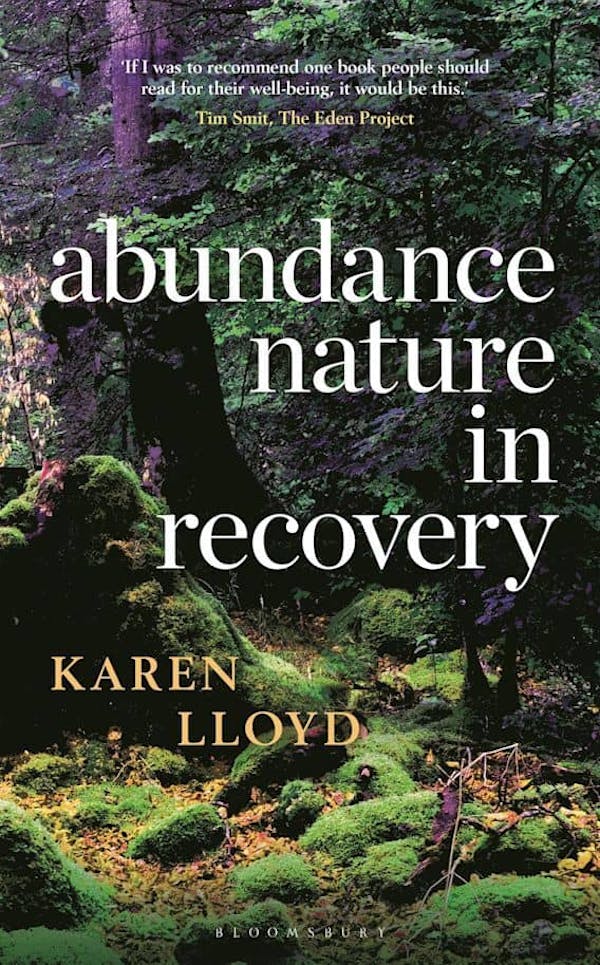
Abundance: Nature in Recovery
Recommended by: Lindsey Jean Schueman
Get bookIn this moving collection of literary essays, Karen Lloyd explores the tension between loss and renewal in the natural world. Traveling through diverse landscapes across Europe, she shares stories of people working to restore habitats and bring species back from the brink of extinction. With lyrical insight, Lloyd reflects on why conservation matters: not only for nature, but for our own sense of connection and meaning. This timely book challenges readers to consider what is lost when we choose not to act, and what might be found when we do.
-
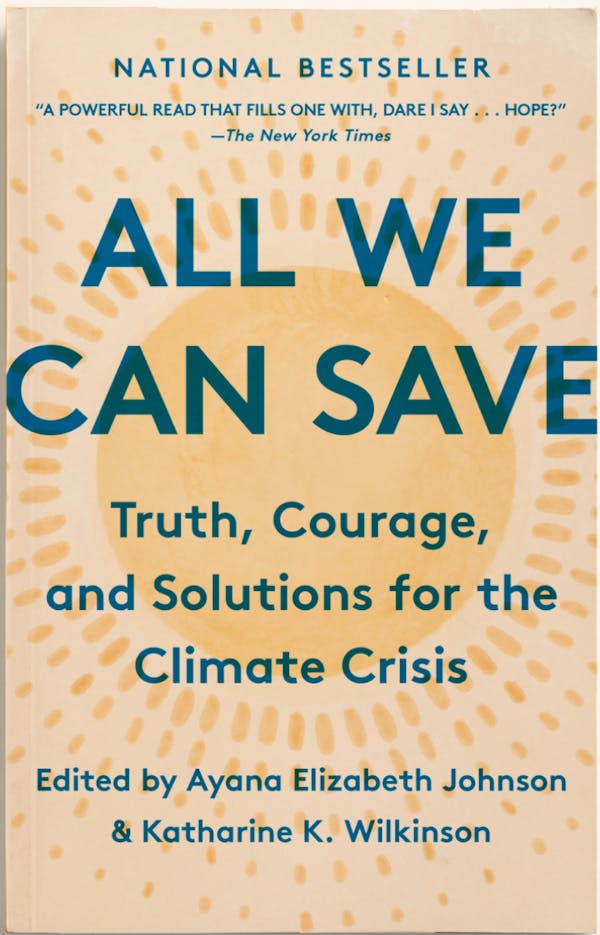
All We Can Save | Truth, Courage, And Solutions For The Climate Crisis
Get bookAll We Can Save is a powerful anthology featuring the voices of 60 women at the forefront of the climate movement. Blending essays, poetry, and art, it highlights a feminist climate leadership rooted in compassion, collaboration, and courage. Curated by climate leaders Ayana Elizabeth Johnson and Katharine K. Wilkinson, this collection offers both inspiration and guidance for facing the climate crisis with resilience and hope. It’s a call to action, inviting readers to reimagine how we respond to today's most pressing issues…and who leads the way.
-
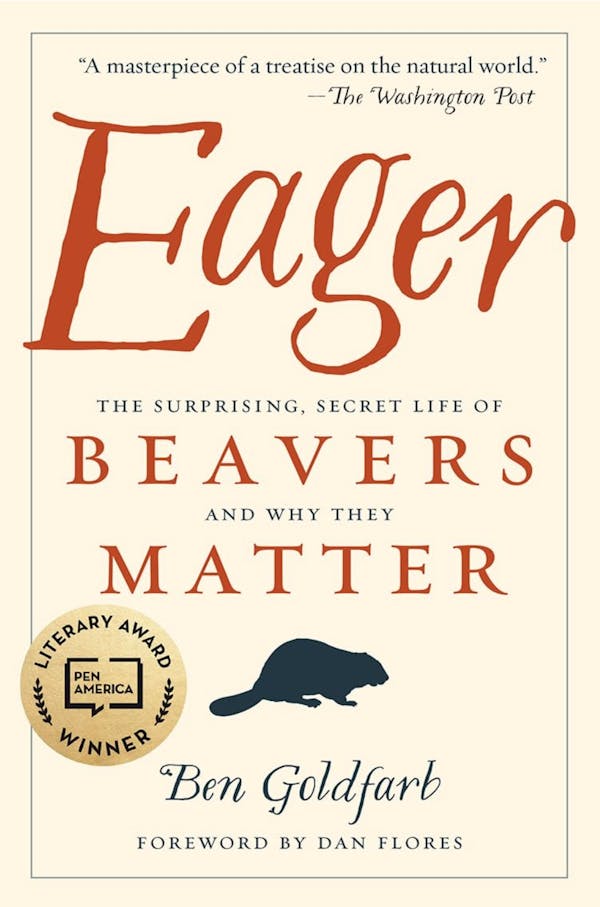
Eager: The Surprising, Secret Life of Beavers and Why They Matter
Recommended by: Edward Bell
Get bookIn Eager, environmental journalist Ben Goldfarb reveals that our modern idea of what a healthy landscape looks like and how it functions is wrong, distorted by the fur trade that once trapped out millions of beavers from North America's lakes and rivers. The consequences of losing beavers were profound: streams eroded, wetlands dried up, and species from salmon to swans lost vital habitat. Today, a growing coalition of "Beaver Believers"--including scientists, ranchers, and passionate citizens--recognizes that ecosystems with beavers are far healthier, for humans and non-humans alike, than those without them. From the Nevada deserts to the Scottish highlands, Believers are now hard at work restoring these industrious rodents to their former haunts. Eager is a powerful story about one of the world's most influential species, how North America was colonized, how our landscapes have changed over the centuries, and how beavers can help us fight drought, flooding, wildfire, extinction, and the ravages of climate change. Ultimately, it's about how we can learn to coexist, harmoniously and even beneficially, with our fellow travelers on this planet.
-
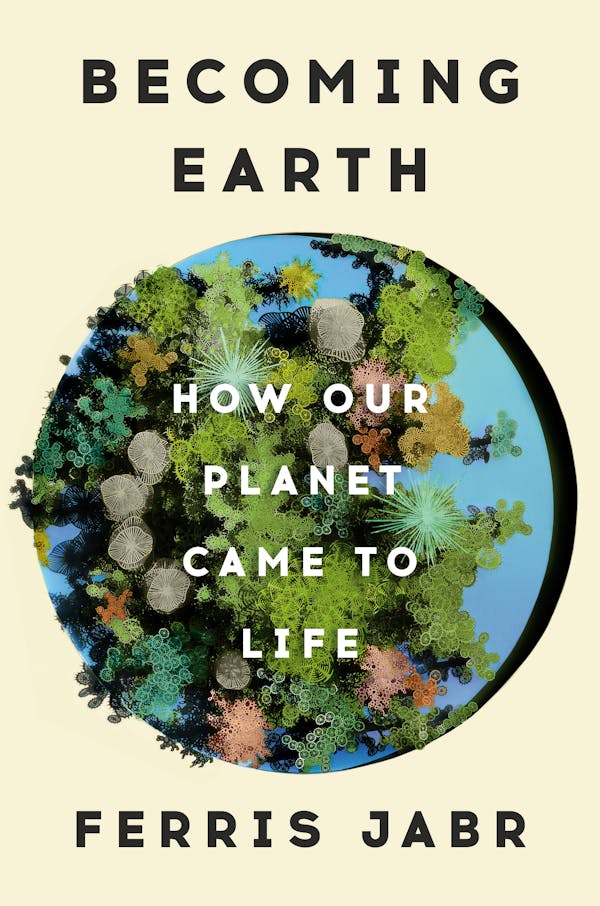
Becoming Earth: How Our Planet Came to Life
Recommended by: Edward Bell
Get bookIn Becoming Earth, author Ferris Jabr redefines Earth as a dynamic entity shaped by life itself. From microbes to humans, life forms have not only adapted to but also dramatically transformed the environment, crafting everything from the atmosphere to the landscape. The book explores how these processes maintain Earth's ecological balance and discusses the severe impacts of human activities, highlighting the urgent need for thoughtful stewardship to preserve this balance for future generations. Through vivid storytelling and scientific exploration, it captures the planet's transformation and the critical role we humans play in its future.
-
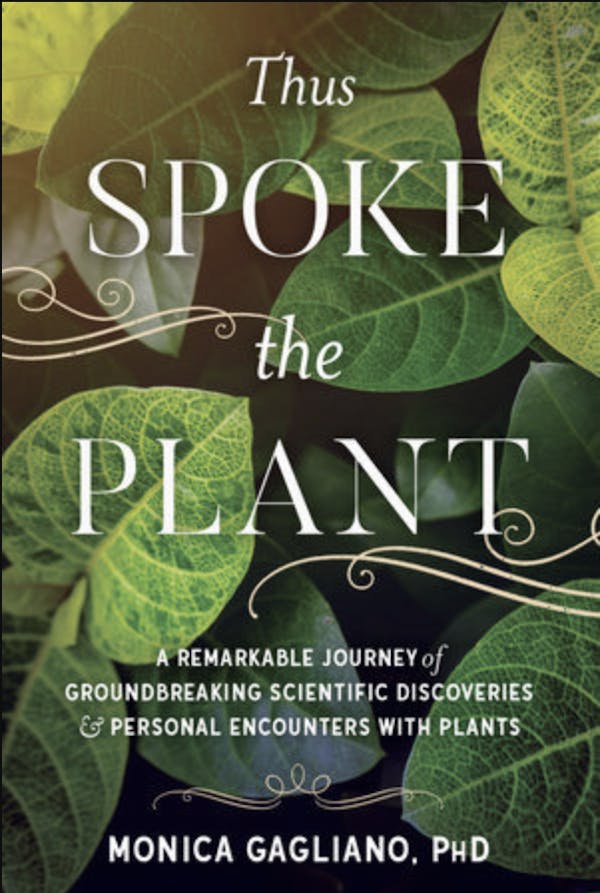
Thus Spoke the Plant: A Remarkable Journey of Groundbreaking Scientific Discoveries and Personal Encounters with Plants
Get bookIn this "phytobiography"—a collection of stories written in partnership with a plant—research scientist, Monica Gagliano, reveals the dynamic role plants play in genuine first-hand accounts from her research into plant communication and cognition. By transcending the view of plants as the objects of scientific materialism, Gagliano encourages us to rethink plants as people--beings with subjectivity, consciousness, and volition, and hence having the capacity for their own perspectives and voices. The book draws on up-close-and-personal encounters with the plants themselves, as well as plant shamans, indigenous elders, and mystics from around the world and integrates these experiences with an incredible research journey and the groundbreaking scientific discoveries that emerged from it.
-
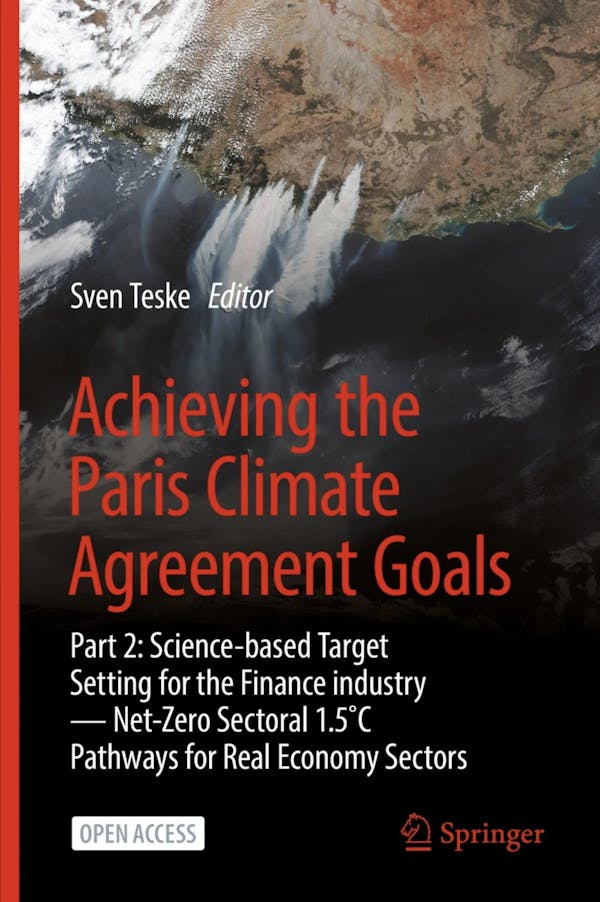
Achieving the Paris Climate Agreement Goals Part 2
Get bookThis open access book presents detailed pathways to achieve 100% renewable energy by 2050, globally and across ten geographical regions. Based on state-of-the-art scenario modelling, it provides the vital missing link between renewable energy targets and the measures needed to achieve them. Bringing together the latest research in climate science, renewable energy technology, employment and resource impacts, the book breaks new ground by covering all the elements essential to achieving the ambitious climate mitigation targets set out in the Paris Climate Agreement. The book clearly demonstrates that the goals of the Paris Agreement are achievable and feasible with current technology and are beneficial in economic and employment terms. It is essential reading for anyone with responsibility for implementing renewable energy or climate targets internationally or domestically, including climate policy negotiators, policy-makers at all levels of government, businesses with renewable energy commitments, researchers and the renewable energy industry.
-
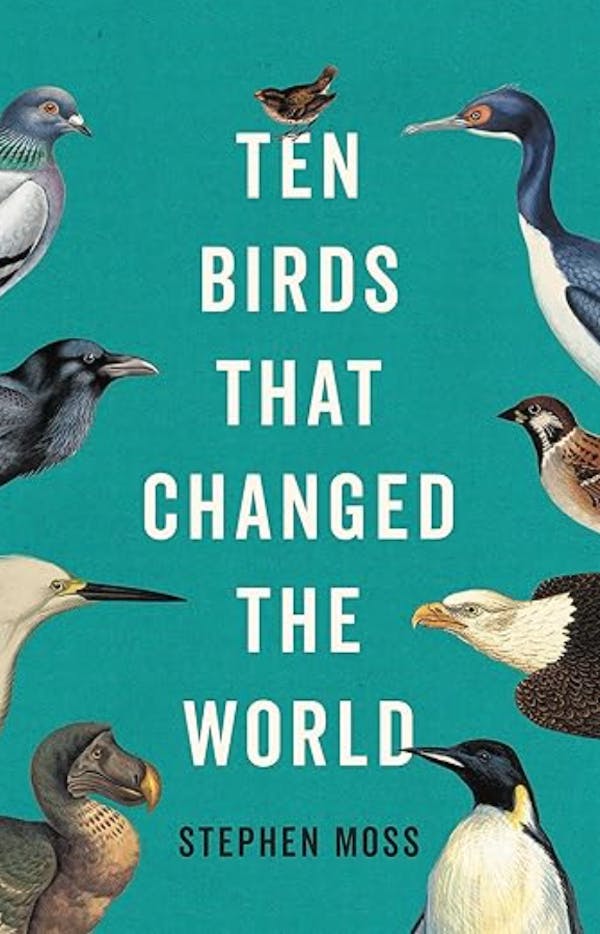
Ten Birds That Changed the World
Get bookFor the whole of human history, we have lived alongside birds. We have hunted and domesticated them for food; venerated them in our mythologies, religions, and rituals; exploited them for their natural resources; and been inspired by them for our music, art, and poetry.
In Ten Birds That Changed the World, naturalist and author Stephen Moss tells the gripping story of this long and intimate relationship through key species from all seven of the world’s continents. From Odin’s faithful raven companions to Darwin’s finches, and from the wild turkey of the Americas to the emperor penguin as potent symbol of the climate crisis, this is a fascinating, eye-opening, and endlessly engaging work of natural history. -
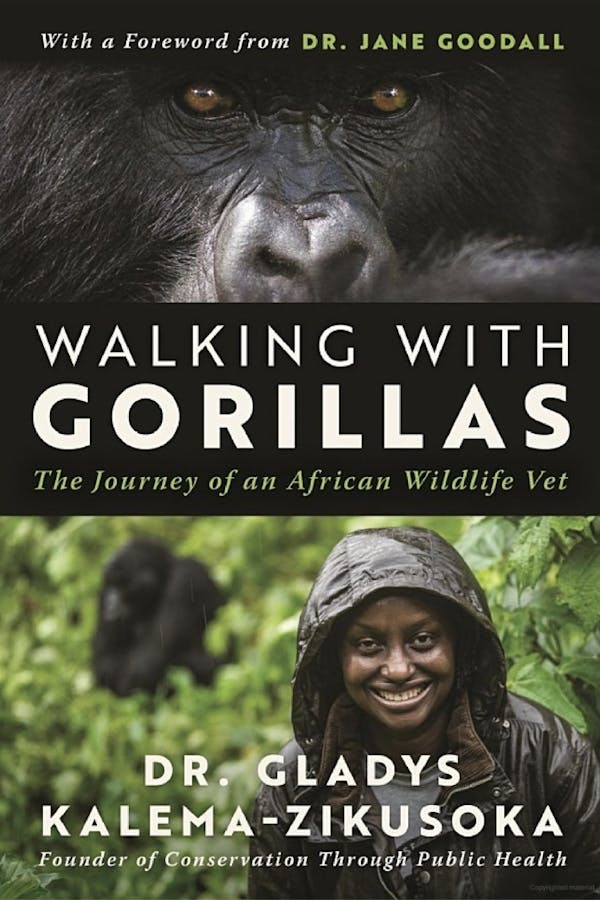
Walking With Gorillas: The Journey of an African Wildlife Vet
Get bookIn her captivating memoir, Dr. Gladys Kalema-Zikusoka, Uganda's first wildlife veterinarian, shares her extraordinary journey from a childhood filled with love for animals to her groundbreaking career in protecting endangered mountain gorillas and other wildlife species. This inspiring narrative encompasses her early years as a student in Uganda, enduring personal tragedies during a military coup, her pursuit of veterinary education in England, and her establishment of Uganda's first veterinary department. Dr. Gladys's unwavering dedication led her to found one of the world's pioneering organizations, which fosters coexistence between humans and wildlife through improved health and well-being for both. Through her innovative methods, she successfully mitigated the impact of the COVID-19 pandemic on critically endangered mountain gorillas. This memoir is a testament to Dr. Gladys's resilience, passion, and determination in a world riddled with discrimination and male dominance. Her story serves as an inspiration, shedding light on the potential of collaborative efforts to create a brighter future for our planet, where wildlife and human communities thrive hand in hand.
-
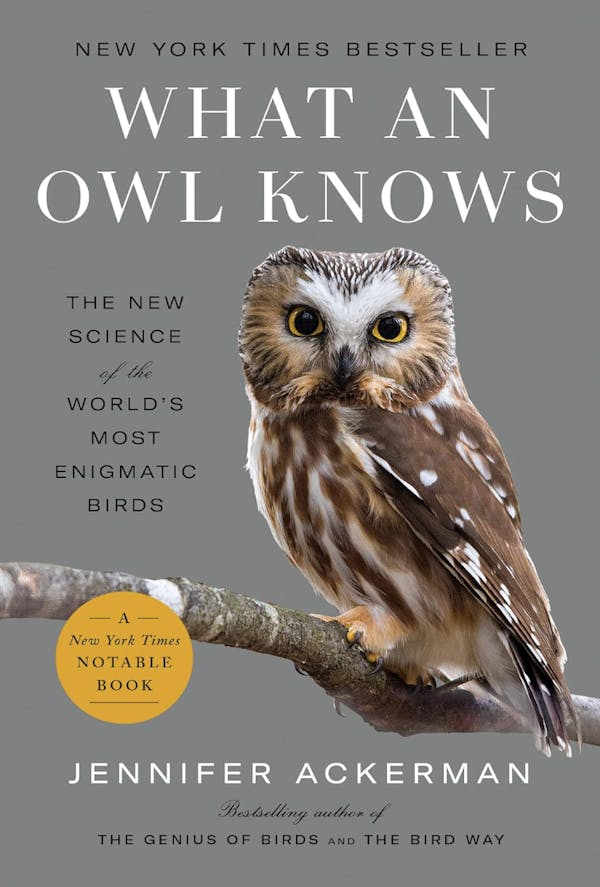
What an Owl Knows: The new science of the world’s most enigmatic birds
Get bookAuthor Jennifer Ackerman explores recent discoveries about owls, including their complex communication, mating, parenting, and whether they act from instinct or intelligence. It also delves into the relationships between owls and humans, highlighting the work of biologists, conservationists, and citizen scientists who study and care for these birds. The book uncovers deep mysteries of owl biology, behavior, personality, emotions, and intelligence.
-
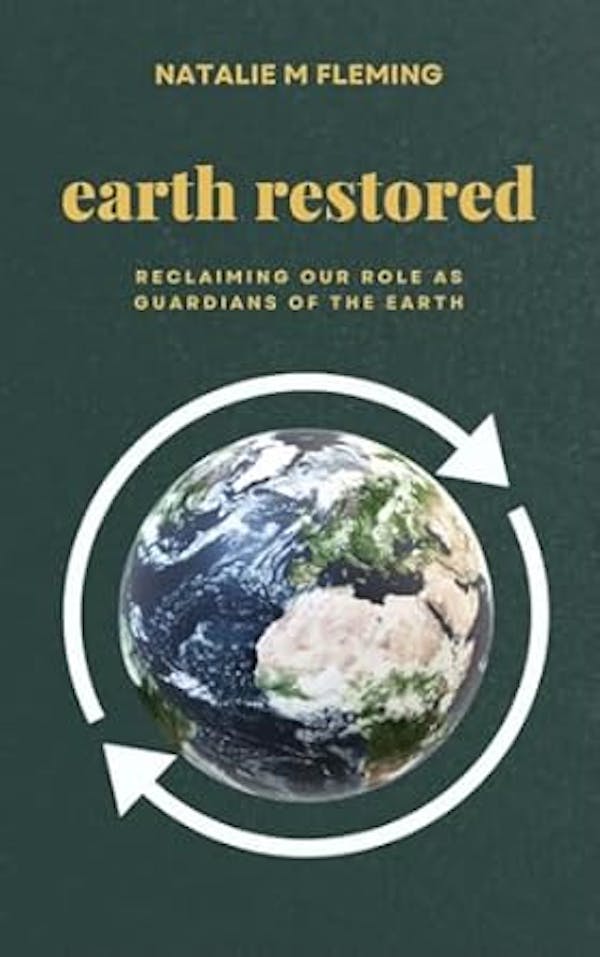
Earth Restored | Reclaiming Our Role as Guardian of the Earth
Get bookSolutions to our climate crisis resides in understanding our power We can and will move from helplessness to hope, from destruction to restoration. Earth Restored flips the script on climate change. If humans can harm the planet, then humans can also heal it. We, as Earth’s keystone species, can restore balance, regenerate ecosystems, and reclaim our role as stewards of the environment. Through insightful research, real-world examples, and practical guidance, Earth Restored empowers readers to embrace their ability to make a difference.
-
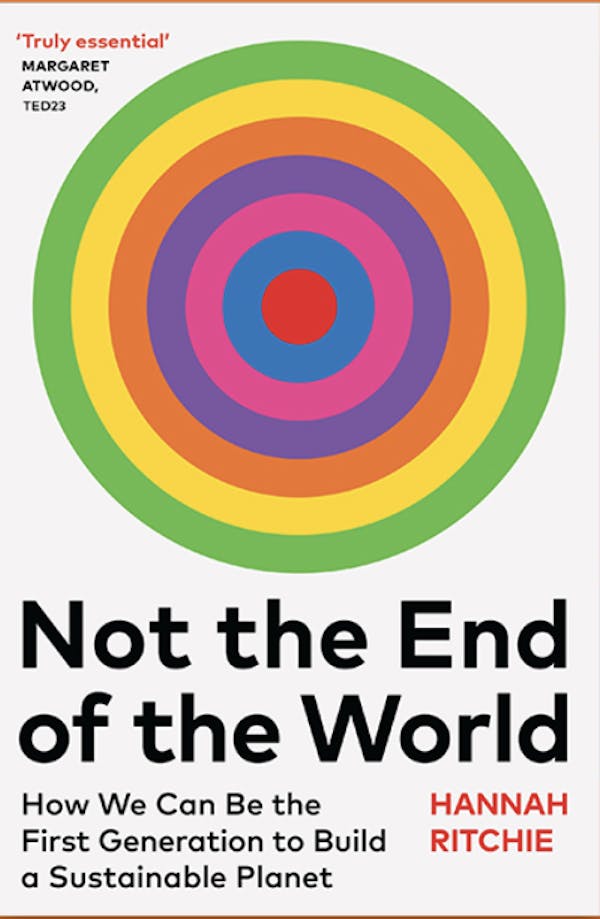
Not the End of the World: How We Can Be the First Generation to Build a Sustainable Planet
Get bookIn this bold, radically hopeful book, data scientist Hannah Ritchie argues that if we zoom out, the data shows we’ve made so much progress on our environmental problems that we could be on track to achieve true sustainability for the first time in human history. Packed with the latest research, practical guidance and enlightening graphics, this book will make you rethink almost everything you’ve been told about the environment. Not the End of the World will give you the tools to understand our current crisis and make lifestyle changes that actually have an impact. Hannah cuts through the noise by outlining what works, what doesn’t, and what we urgently need to focus on so we can leave a sustainable planet for future generations. These problems are big. But they are solvable. We can build a better future for everyone. Let’s turn that opportunity into reality.
-
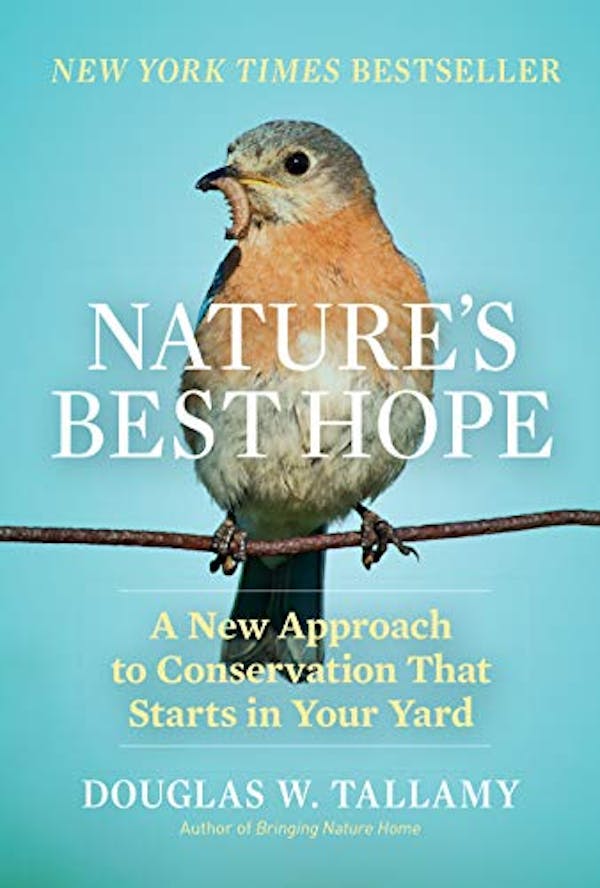
Nature's Best Hope: A New Approach to Conservation That Starts in Your Yard
Get bookIn Nature’s Best Hope, Douglas W. Tallamy’s shows how homeowners everywhere can turn their yards into conservation corridors that provide wildlife habitats. Because this approach relies on the initiatives of private individuals, it is immune from the whims of government policy. Even more important, it’s practical, effective, and easy—you will walk away with specific suggestions you can incorporate into your own yard.
-
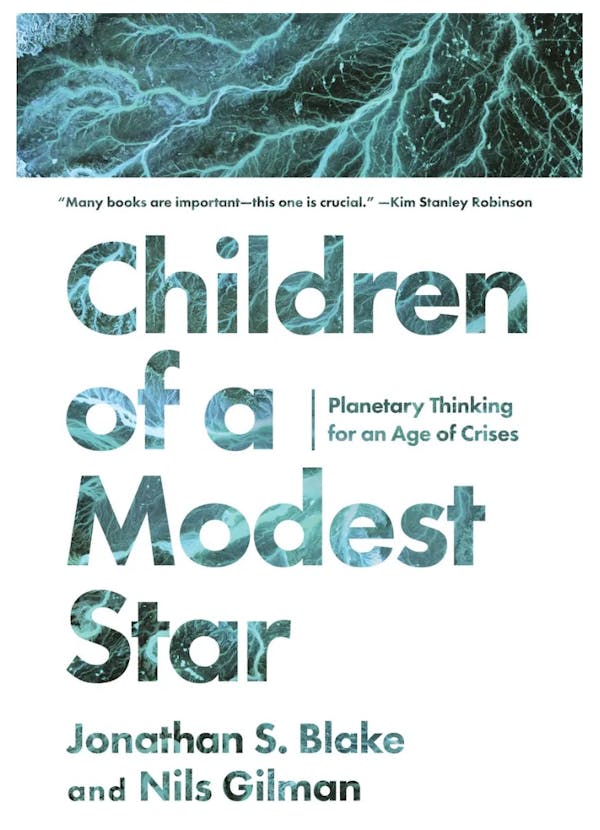
Children of a Modest Star | Planetary Thinking for an Age in Crisis
Get bookIn the groundbreaking Children of a Modest Star, Jonathan S. Blake and Nils Gilman challenge dominant ways of thinking about humanity's relationship to the planet and the political forms that presently govern it, and present a new, innovative framework that corresponds to our inherently complex planetary condition. Drawing on intellectual history, political philosophy, and the holistic findings of Earth system science, Blake and Gilman argue that it is essential to reimagine our governing institutions in light of the fact that we can only thrive if the multi-species ecosystems we inhabit are also flourishing.
-
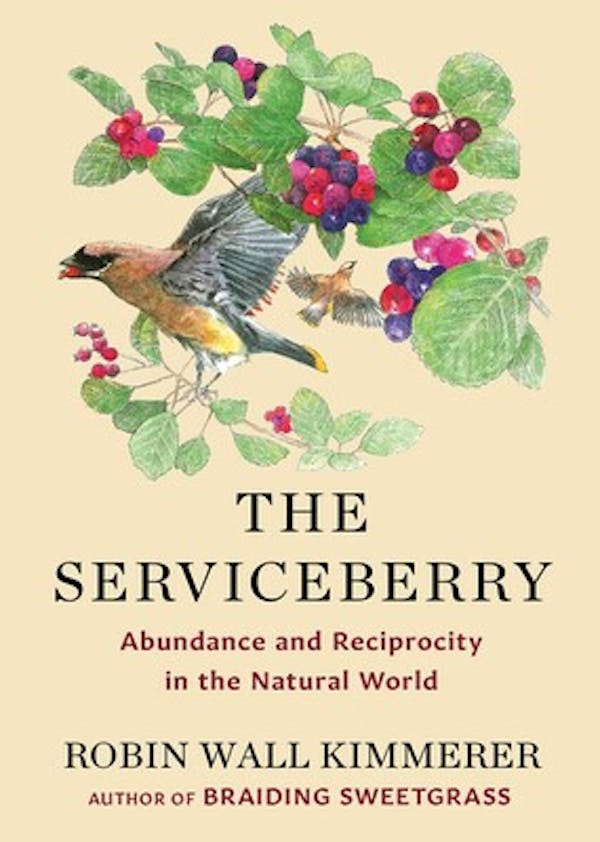
The Serviceberry: Abundance and Reciprocity in the Natural World
Get bookAs Indigenous scientist and author of Braiding Sweetgrass Robin Wall Kimmerer harvests serviceberries alongside the birds, she reflects on the ethic of reciprocity central to the gift economy. She contrasts Indigenous wisdom and plant relationships, which embody interconnectedness and gratitude, with our current economy rooted in scarcity, competition, and resource hoarding. Kimmerer suggests learning from the serviceberry's natural distribution of abundance to reimagine our values, emphasizing that true wealth stems from the quality of our relationships, not self-sufficiency.
-
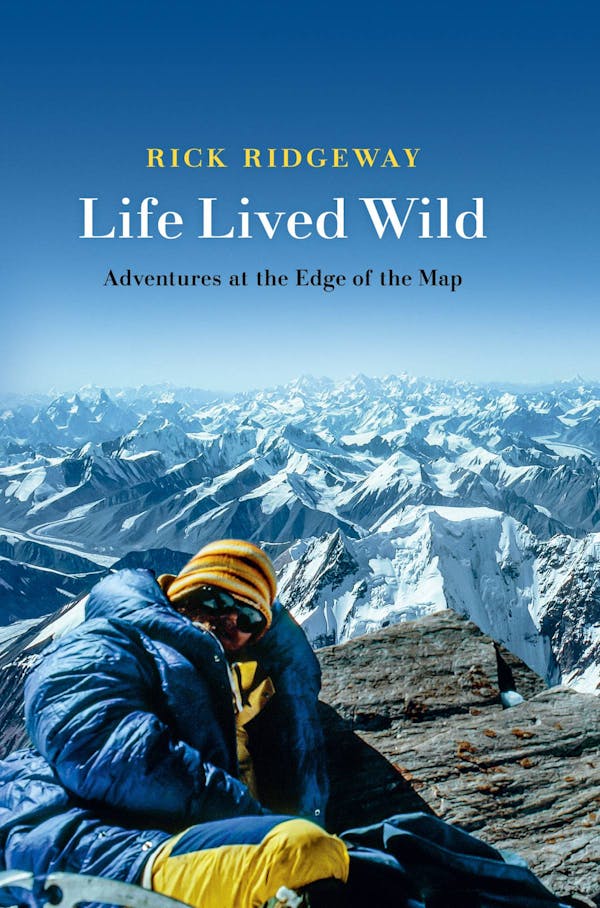
Life Lived Wild: Adventures at the Edge of the Map
Get bookFor the first time, master storyteller Rick Ridgeway compiles stories of climbing high mountains, interacting with remote cultures and “bearing witness to the majesty of the wild world” into a memoir that spans 50 years, Life Lived Wild: Adventures at the Edge of the Map.
-
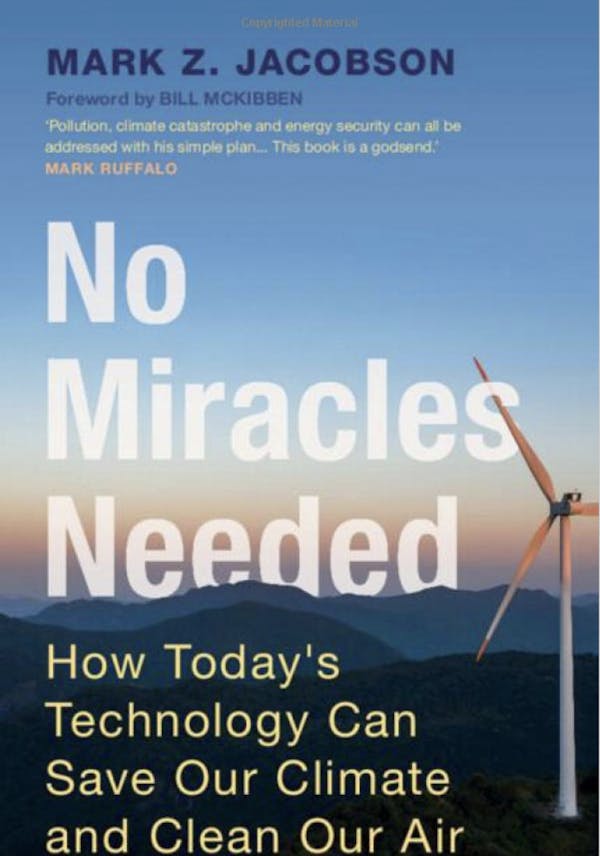
No Miracles Needed: How Today's Technology Can Save Our Climate and Clean Our Air
Get bookThe world needs to turn away from fossil fuels and use clean, renewable sources of energy as soon as we can. Failure to do so will cause catastrophic climate damage sooner than you might think, leading to loss of biodiversity and economic and political instability. But all is not lost! We still have time to save the planet without resorting to 'miracle' technologies. We need to wave goodbye to outdated technologies, such as natural gas and carbon capture, and repurpose the technologies that we already have at our disposal. We can use existing technologies to harness, store, and transmit energy from wind, water, and solar sources to ensure reliable electricity, heat supplies, and energy security. Find out what you can do to improve the health, climate, and economic state of our planet. Together, we can solve the climate crisis, eliminate air pollution and safely secure energy supplies for everyone.
-
.jpg?auto=compress%2Cformat&w=600)
Nature, Culture and the Sacred: A Woman Listens for Leadership
Get bookNature, Culture, and the Sacred offers practical guidance and inspiration for anyone who aspires to grow into their own unique form of leadership on behalf of positive change. Join Nina on an inspiring journey to shed self-limiting beliefs, lead from the heart and discover beloved community as you cultivate your own flourishing and liberation. Inspired and informed by Indigenous wisdom keepers who are leading the way towards a regenerative future, she invites women and people of all genders to, as Joanna Macy suggests, “see with new and ancient eyes.”
-
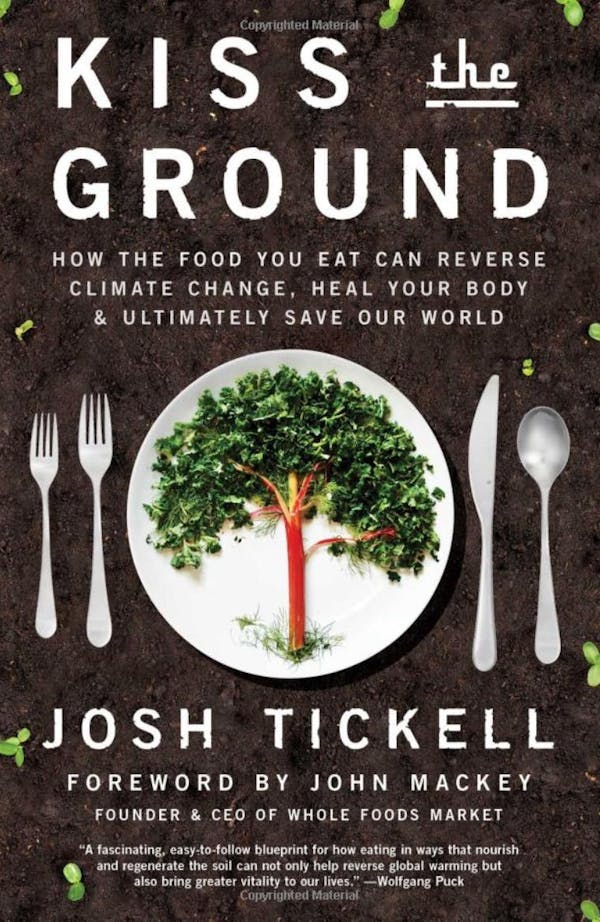
Kiss the Ground
Get bookIn Kiss the Ground, author Josh Tickell takes on humanity’s greatest challenge: Climate Change. And along the way he delivers surprising insights into diet, health, nutrition and our relationship with food, each other and the planet. By focusing on the role of soil as the largest and most overlooked carbon sink on Earth, Kiss the Ground finds a new lens through which to view many of our problems and new tools to solve them.
-

ANCESTORS: Divine Remembrances of Lineage, Relations and Sacred Sites
Get bookThe full scope of our ancestral legacy extends far beyond blood relations. Spiritual leader Mindahi Bastida explains the consciousness of ancestors is interwoven through the web of time and space in ANCESTORS: Divine Remembrances of Lineage, Relations and Sacred Sites, the sixth book in the Common Sentience book series. We are the synthesis of all that has ever existed in the universe, our galaxy, our solar system, and in Mother Earth. The huge celestial bodies floating in the cosmic sea are our first ancestors. Equally, mountains, volcanoes, glaciers, and rivers of today are ancient ancestors that are still alive. Youngest of all are our ancestors of human origin. ANCESTORS reminds us that we are not alone: we are all our relations.
-
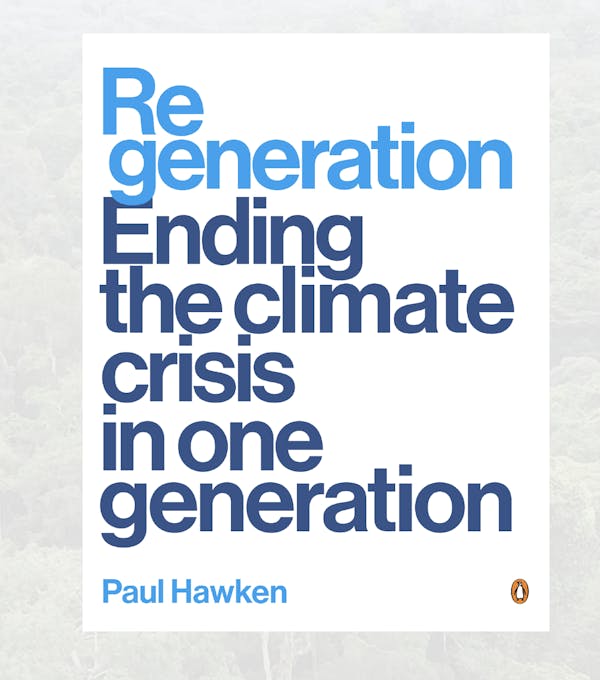
Regeneration: Ending the Climate Crisis in One Generation
Get bookA radically new understanding of and practical approach to climate change by noted environmentalist Paul Hawken, creator of the New York Times best-seller Drawdown. Regeneration offers a visionary new approach to climate change, one that weaves justice, climate, biodiversity, equity, and human dignity into a seamless tapestry of action, policy, and transformation that can end the climate crisis in one generation. It is the first book to describe and define the burgeoning regeneration movement spreading rapidly throughout the world.
-
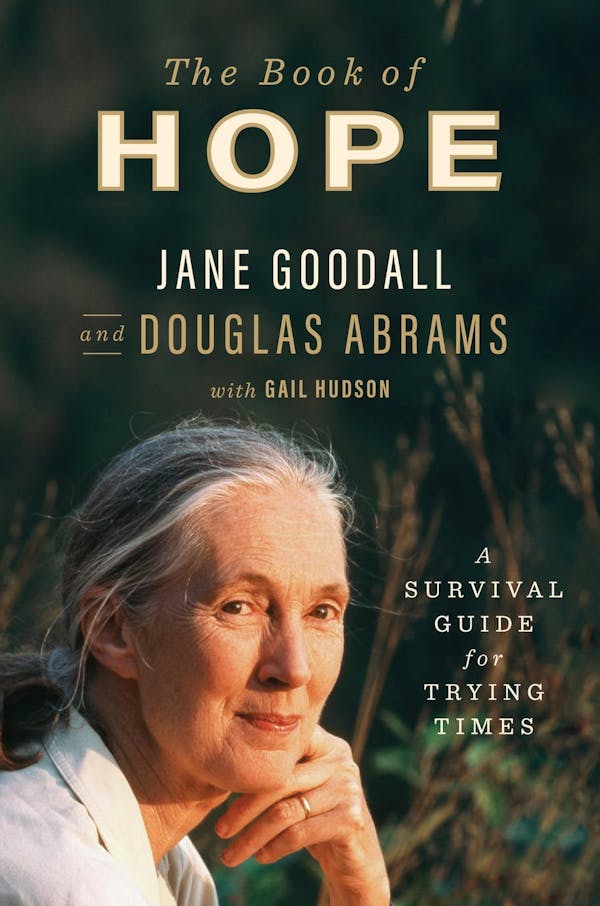
The Book Of Hope: A Survival Guide for Trying Times
Get bookIn this urgent book, Jane Goodall, the world's most famous living naturalist, and Douglas Abrams, the internationally bestselling co-author of The Book of Joy, explore through intimate and thought-provoking dialogue one of the most sought after and least understood elements of human nature: hope. In The Book of Hope, Jane focuses on her "Four Reasons for Hope": The Amazing Human Intellect, The Resilience of Nature, The Power of Young People, and The Indomitable Human Spirit.
-
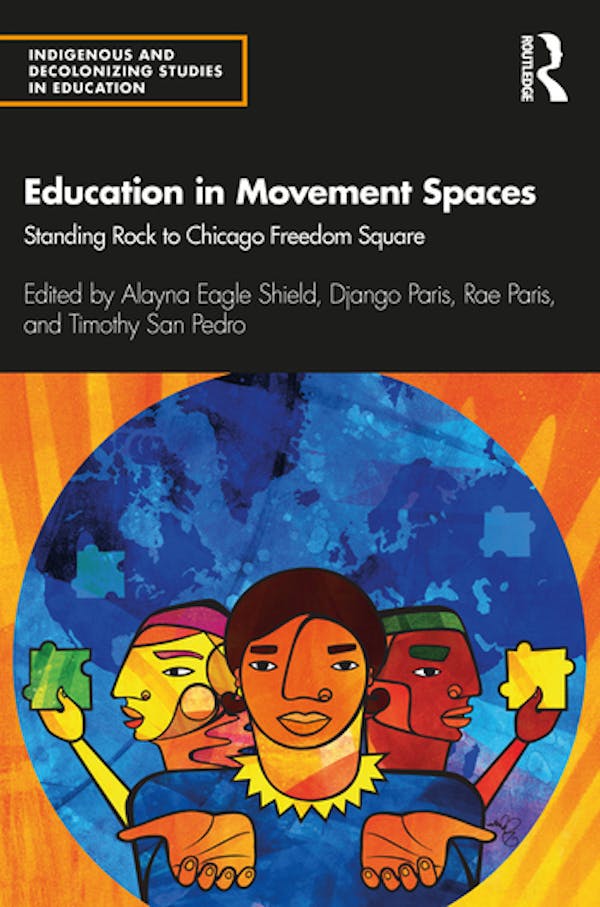
Education in Movement Spaces: Standing Rock to Chicago Freedom Square
Get bookThis book amplifies the distinct, intersecting, and coalitional possibilities of education in the spaces of ongoing movements for Native and Black liberation. Contributors including Alayna Eagle Shield, Django Paris, Rae Paris, and Timothy San Pedro highlight the importance of activist-oriented teaching and learning in community encampments and other movement spaces for the preservation and expansion of resistance education. With chapters from scholars, educators, and organizers, this volume offers lessons taken from these experiences for nation-state schools, classrooms, and spaces of teaching and learning that are most commonly experienced by Native and Black children and educators. Through attention to recent social movements across the United States—from Standing Rock to Black Lives Matter—this book demonstrates the vital connections between Native and Black communities’ educational futures.
-
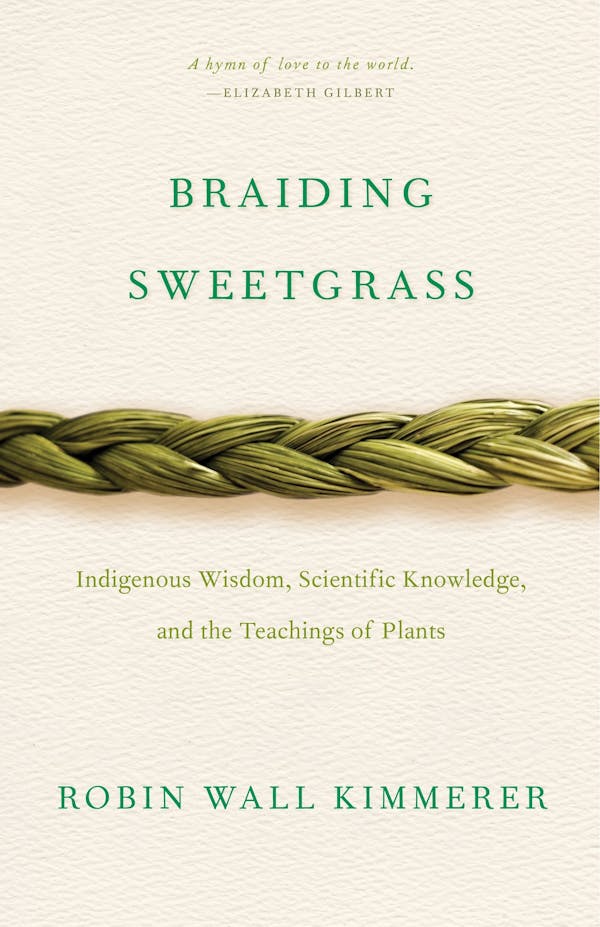
Braiding Sweetgrass: Indigenous Wisdom, Scientific Knowledge and the Teachings of Plants
Get bookAs a botanist, Robin Wall Kimmerer has been trained to ask questions of nature with the tools of science. As a member of the Citizen Potawatomi Nation, she embraces the notion that plants and animals are our oldest teachers. In Braiding Sweetgrass, Kimmerer brings these two lenses of knowledge together. In reflections that range from the creation of Turtle Island to the forces that threaten its flourishing today, she circles toward a central argument: that the awakening of ecological consciousness requires the acknowledgment and celebration of our reciprocal relationship with the rest of the living world.
-
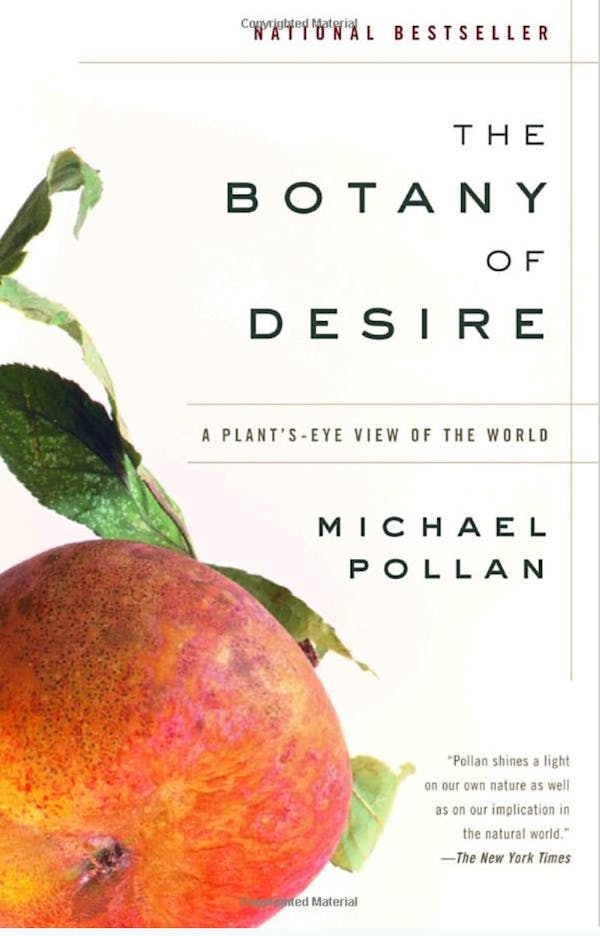
The Botany of Desire
Recommended by: Edward Bell
Get bookEvery schoolchild learns about the mutually beneficial dance of honeybees and flowers: The bee collects nectar and pollen to make honey and, in the process, spreads the flowers’ genes far and wide. In The Botany of Desire, Michael Pollan ingeniously demonstrates how people and domesticated plants have formed a similarly reciprocal relationship. Just as we’ve benefited from plants, we have also done well by them. So who is really domesticating whom?
-
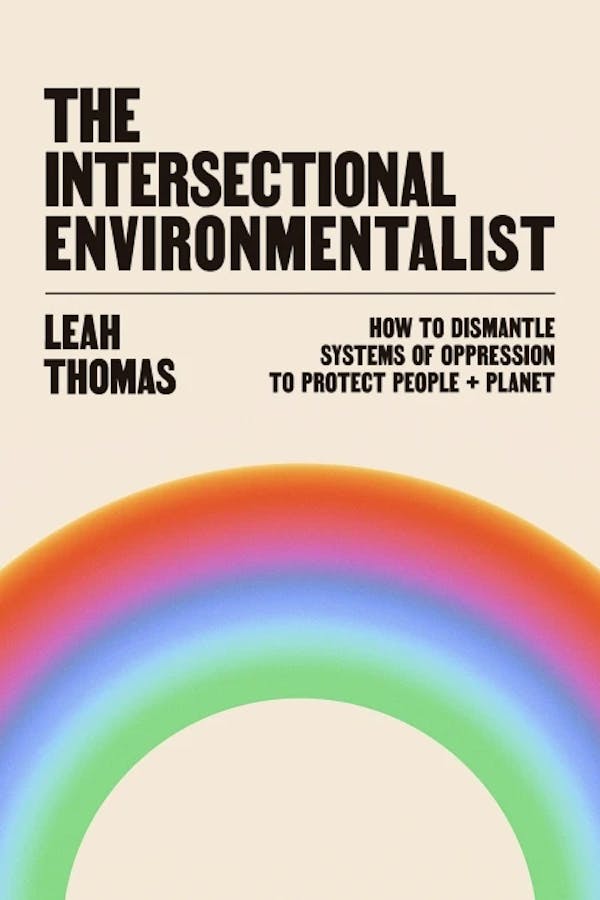
The Intersectional Environmentalist
Get bookThe Intersectional Environmentalist is an introduction to the intersection between environmentalism, racism, and privilege, and an acknowledgment of the fundamental truth that we cannot save the planet without uplifting the voices of its people — especially those most often unheard. Written by Leah Thomas, a prominent voice in the field and the activist who coined the term "Intersectional Environmentalism," this book is simultaneously a call to action, a guide to instigating change for all, and a pledge to work towards the empowerment of all people and the betterment of the planet.
-
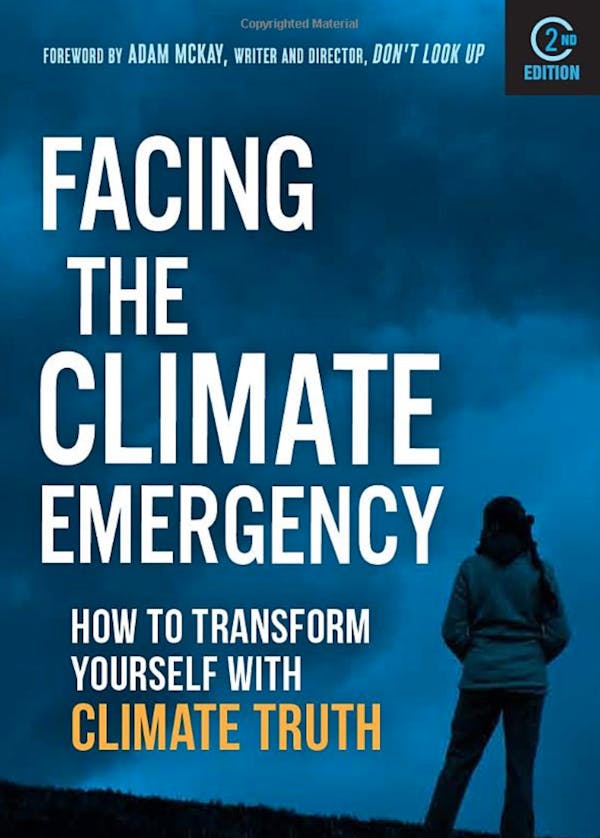
Facing the Climate Emergency, Second Edition: How to Transform Yourself with Climate Truth
Get bookOverwhelmed by climate anxiety? Transform your angst into action to become the hero humanity needs. A lifeline for those suffering from climate anxiety, Facing the Climate Emergency combines expertise in clinical psychology and disruptive climate activism to help readers transform their fear and grief into courage and heroism. Whether you're drawn to the front lines of high stakes, non-violent direct action or prefer to play a supporting role, this guide will help you combat the forces of climate denial and discover your own power in the face of the greatest planetary crisis.
-
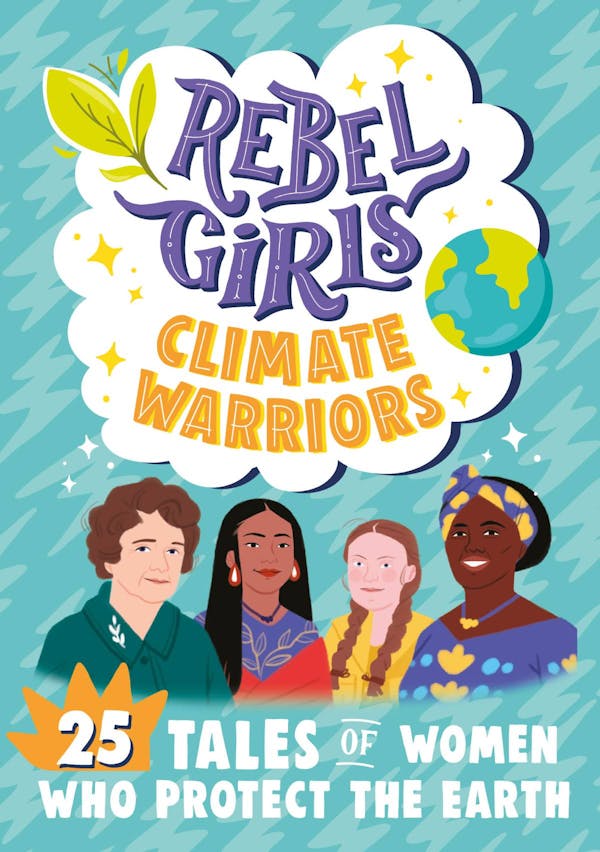
Rebel Girls Climate Warriors: 25 Tales of Women Who Protect the Earth Available
Recommended by: Lindsey Jean Schueman
Get bookThis paperback collection features conservationists, activists, water protectors, philanthropists, authors, and other women from around the world who have stood up to polluters and used their amazing talents to protect the planet. Readers will join the global climate movement with Greta Thunberg. They’ll study finches and owls with Mya-Rose Craig. And they’ll camp out in the branches of a majestic redwood tree with Julia Butterfly Hill. Rebel Girls Climate Warriors celebrates the dedication of planet protectors and gives readers a wide variety of ideas for how they might join the fight. The exciting stories are paired with bold, full-page portraits created by female and nonbinary artists from around the world. Additionally, Daughters for Earth Co-founder Zainab Salbi provides girls four easy actions they can take to live green.
-
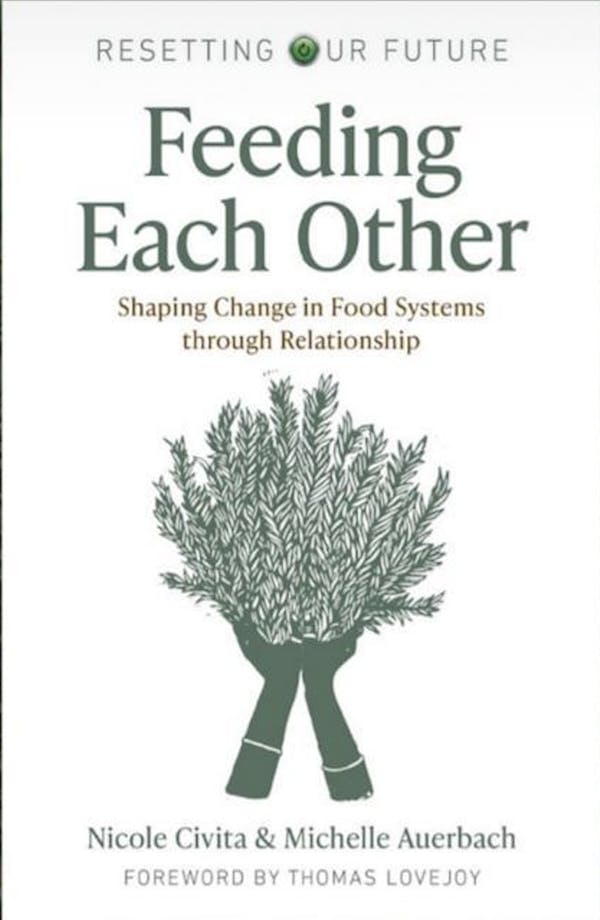
Feeding Each Other | Shaping Change in Food Systems through Relationships
Get bookEfforts to "feed the world" are hastening collapse. Our collective survival requires us to move toward relationship. This guidebook for shaping change in food systems offers ways to find security & pleasure in a more connected, well-nourished life.
-

Rescuing the Planet | Protecting Half the Land to Heal the Earth
Get bookAn urgent, resounding call to protect 50 percent of the earth's land by 2050—thereby saving millions of its species—and a candid assessment of the health of our planet and our role in conserving it.
Beginning in the vast North American Boreal Forest that stretches through Canada, and roving across the continent, from the Northern Sierra to Alabama's Paint Rock Forest, from the Appalachian Trail to a ranch in Mexico, Tony Hiss sets out on a journey to take stock of the "superorganism" that is the earth: its land, its elements, its plants and animals, its greatest threats--and what we can do to keep it, and ourselves, alive. Hiss not only invites us to understand the scope and gravity of the problems we face but also makes the case for why protecting half the land is the way to fix those problems. He highlights the important work of the many groups already involved in this fight, such as the Indigenous Leadership Initiative, the Yellowstone to Yukon Conservation Initiative, and the global animal tracking project ICARUS. And he introduces us to the engineers, geologists, biologists, botanists, oceanographers, ecologists, and other "Half Earthers" like Hiss himself, who are allied in their dedication to the unifying, essential cause of saving our own planet from ourselves. Tender, impassioned, curious, and above all else inspiring, Rescuing the Planet is a work that promises to make all of us better citizens of the earth.
-
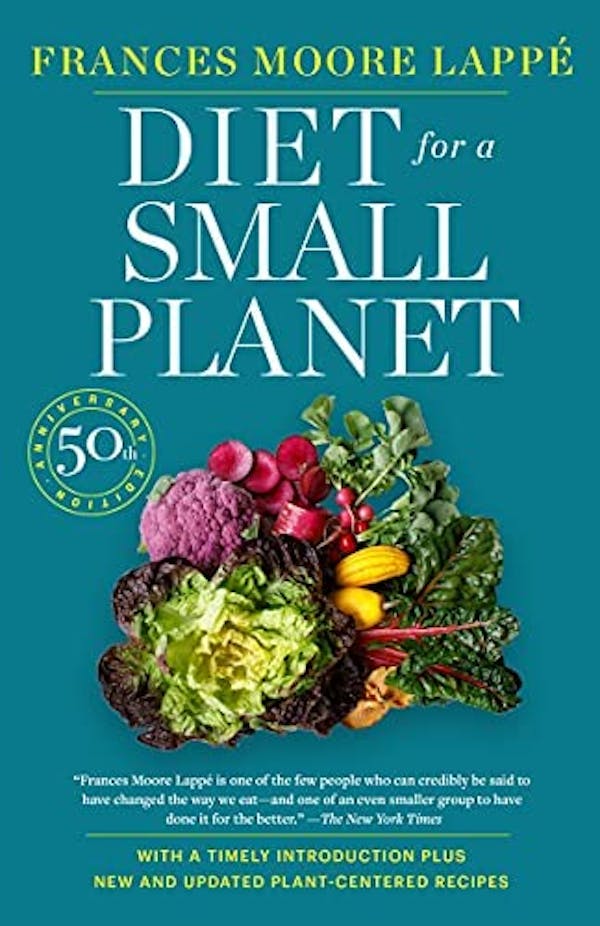
Diet for a Small Planet
Get bookIn 1971, Diet for a Small Planet by Frances Moore Lappé broke new ground, revealing how our everyday acts are a form of power to create health for ourselves and our planet. This extraordinary book first exposed the needless waste built into a meat-centered diet. Now, in a special edition for its 50th anniversary, world-renowned food expert Frances Moore Lappé goes even deeper, showing us how plant-centered eating can help restore our damaged ecology, address the climate crisis, and move us toward real democracy.
This new edition features eighty-five updated plant-centered recipes, including more than a dozen new delights from celebrity chefs including Mark Bittman, Padma Lakshmi, Alice Waters, José Andrés, Bryant Terry, Mollie Katzen, and Sean Sherman. -
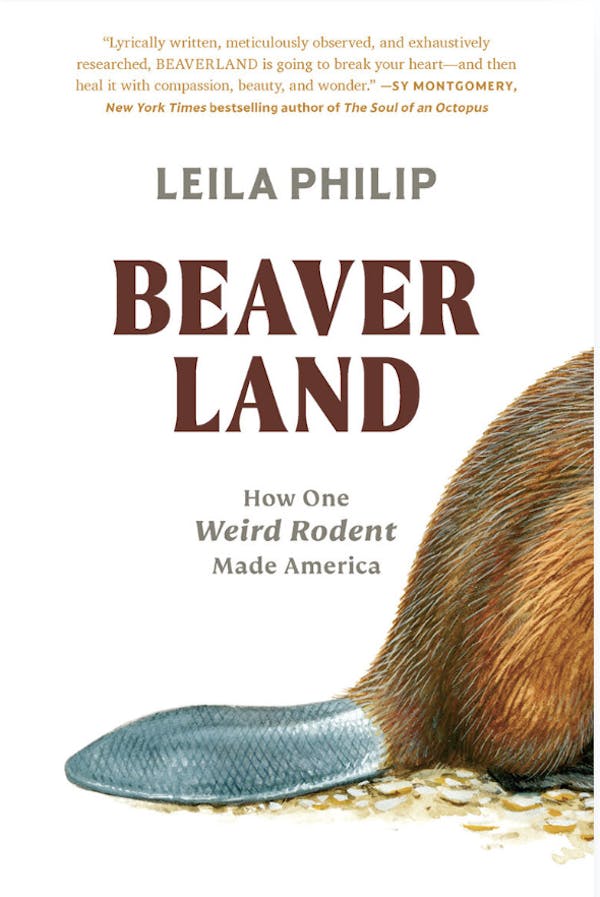
Beaverland: How One Weird Rodent Made America
Get bookFrom award-winning writer Leila Philip, Beaverland is a masterful work of narrative science writing, a book that highlights, through history and contemporary storytelling, how this wonderfully weird rodent has surprisingly shaped American history and may save its ecological future.
-
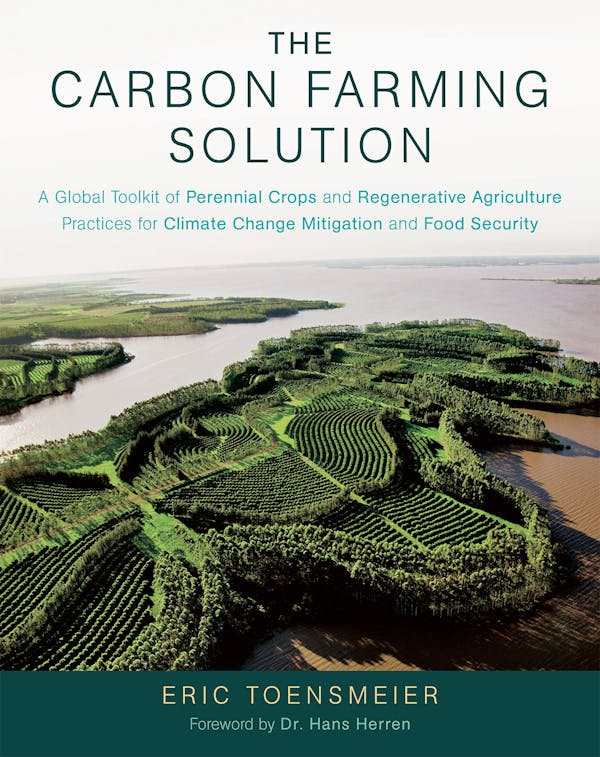
The Carbon Farming Solution
Get bookAgriculture is rightly blamed as a major culprit of our climate crisis. But in this groundbreaking new book, Eric Toensmeier argues that agriculture―specifically, the subset of practices known as “carbon farming”―can, and should be, a linchpin of a global climate solutions platform.
-
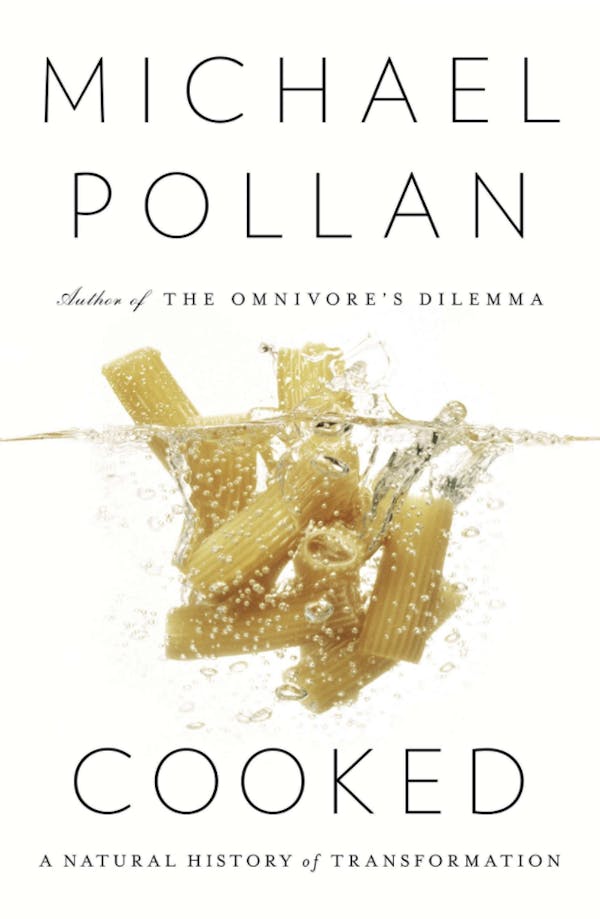
Cooked
Recommended by: Edward Bell
Get bookIn Cooked, Michael Pollan explores the previously uncharted territory of his own kitchen. Here, he discovers the enduring power of the four classical elements—fire, water, air, and earth— to transform the stuff of nature into delicious things to eat and drink. Apprenticing himself to a succession of culinary masters, Pollan learns how to grill with fire, cook with liquid, bake bread, and ferment everything from cheese to beer. In the course of his journey, he discovers that the cook occupies a special place in the world, standing squarely between nature and culture. Both realms are transformed by cooking, and so, in the process, is the cook.
-
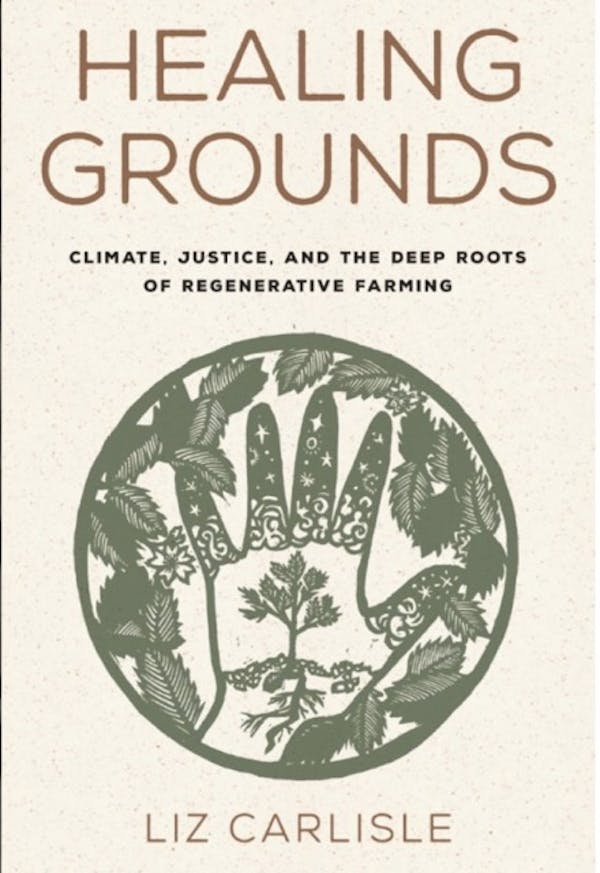
Healing Grounds: Climate, Justice, and the Deep Roots of Regenerative Farming
Get bookAs we confront the grim realities of climate change, regenerative agriculture has arisen as a promising solution. In Healing Grounds: Climate, Justice, and the Deep Roots of Regenerative Farming, author Liz Carlisle shows that carbon can actually be stored in the soil if we adopt ancestral land management strategies, many of which are held by communities of color. The cultures that Carlisle writes about in this book—Indigenous, Black, Latino, Hmong—are still connected to their deep farming histories and they’re using unique regenerative practices that not only enrich the soil but banish pests, reduce erosion, and increase yields. Carlisle believes contemporary farmers from all backgrounds have a lot to learn from these traditions.
-
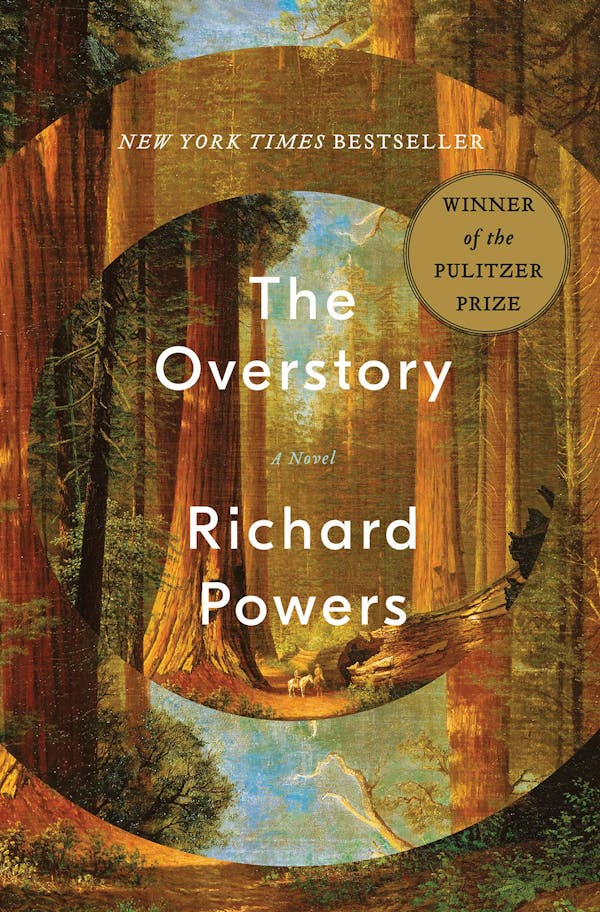
The Overstory
Get bookThe Overstory, winner of the Pulitzer Prize in Fiction, is a sweeping, impassioned work of activism and resistance that is also a stunning evocation of—and paean to—the natural world. From the roots to the crown and back to the seeds, Richard Powers’s twelfth novel unfolds in concentric rings of interlocking fables that range from antebellum New York to the late twentieth-century Timber Wars of the Pacific Northwest and beyond. There is a world alongside ours—vast, slow, interconnected, resourceful, magnificently inventive, and almost invisible to us. This is the story of a handful of people who learn how to see that world and who are drawn up into its unfolding catastrophe.
-
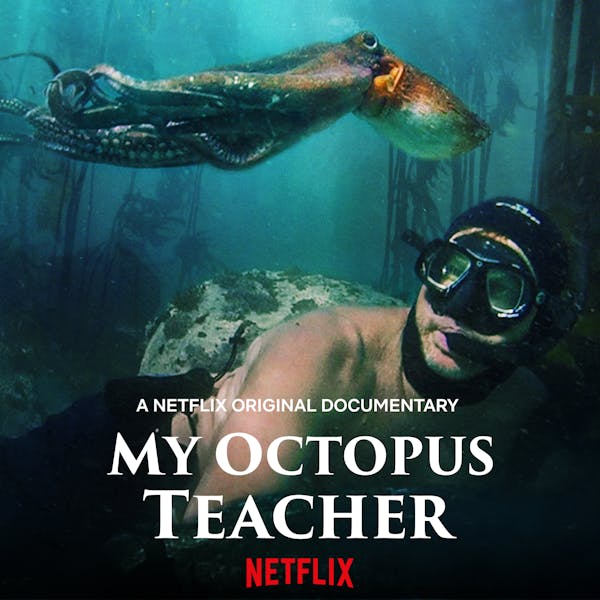
My Octopus Teacher
Watch filmMy Octopus Teacher, a Netflix Original film, tells the story of filmmaker Craig Foster, who develops an extraordinary bond with an inquisitive octopus that lives in the Great African Seaforest on the coast of South Africa. The film was made by the Sea Change Project, who hope that this profound story reminds us we are part of nature.
-
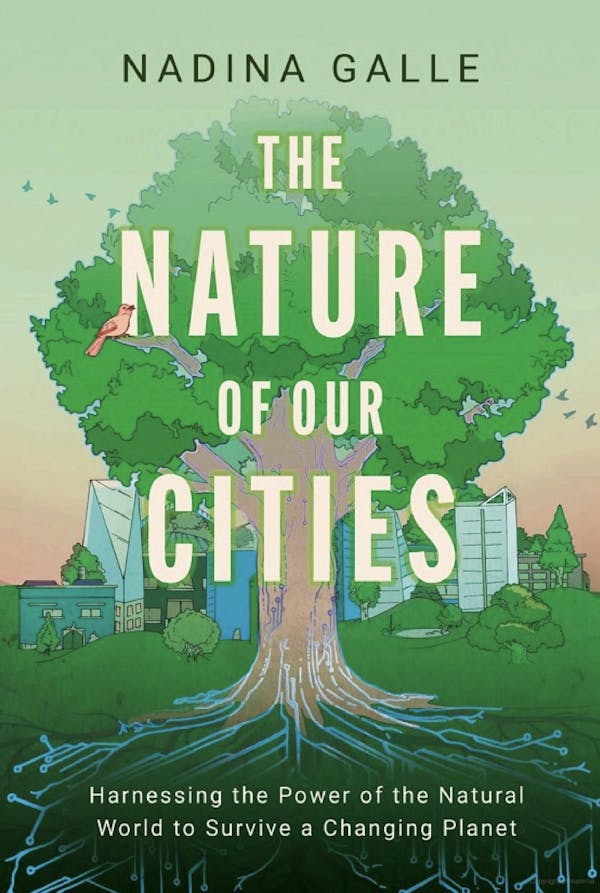
THE NATURE OF OUR CITIES
Recommended by: Karl Burkart
Get bookIn THE NATURE OF OUR CITIES Dr. Nadina Galle explores the link between urbanization and Nature, highlighting the growing dangers of our disconnection from the natural world. She discusses how innovative technologies are integrating the natural world into urban environments through the "Internet of Nature." Some examples include "talking trees" that raise awareness about deforestation, "bio-blitzes" engaging thousands in global biodiversity mapping, and apps tracking Nature exposure for better health.
-
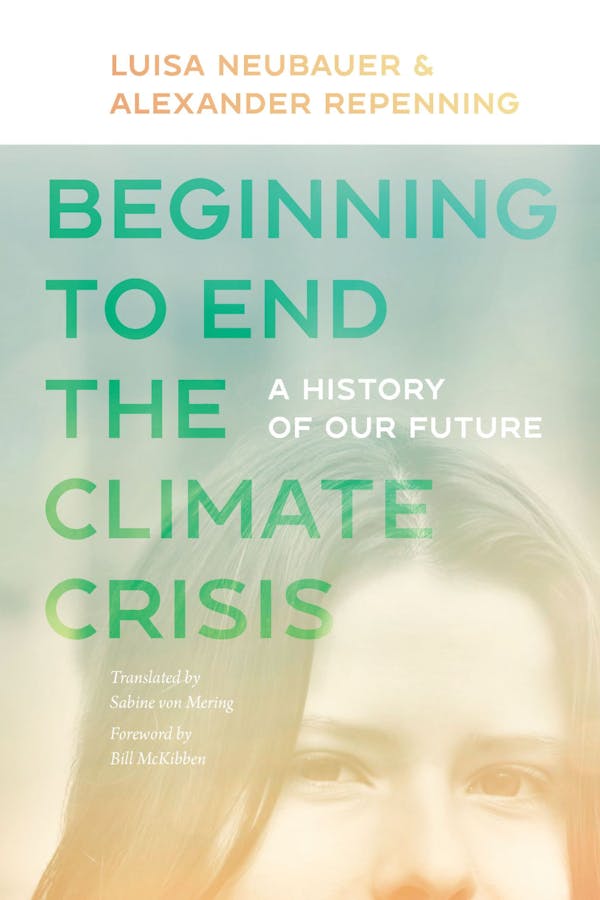
Beginning to End the Climate Crisis: A History of Our Future
Get book“Act as though your house is on fire. Because it is.” Following Greta Thunberg, millions of young climate activists have been taking to the streets around the globe as part of the Fridays For Future movement. They demand that we “unite behind the science,” as, for too long, climate scientists have been ringing the alarm bells about rising temperatures, tipping points, and the devastating consequences of extreme weather—but politicians do nothing. So how do you begin to end the climate crisis? Luisa Neubauer and Alexander Repenning begin by telling stories. Neubauer cofounded the youth climate activist group in Germany and has become its most prominent voice. In this book she and Repenning weave in personal accounts of their evolution as climate activists with a thorough analysis of how climate change impacts their generation, and what every one of us can and must do about it. The young and old in the United States and around the world can learn valuable lessons from their European counterparts.
-
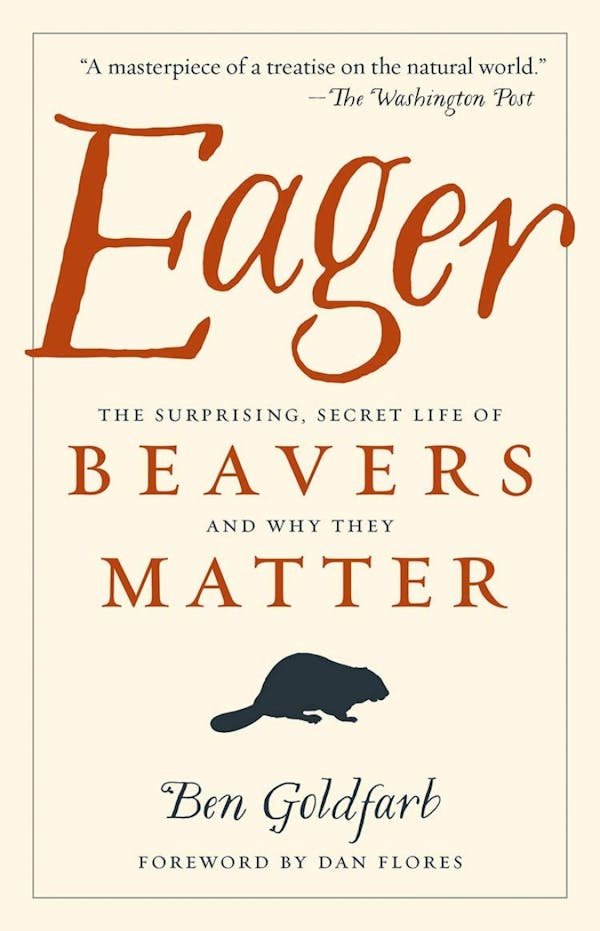
Eager: The Surprising, Secret Life of Beavers and Why They Matter
Get bookIn Eager, environmental journalist Ben Goldfarb reveals that our modern idea of what a healthy landscape looks like and how it functions is wrong, distorted by the fur trade that once trapped out millions of beavers from North America's lakes and rivers. The consequences of losing beavers were profound: streams eroded, wetlands dried up, and species from salmon to swans lost vital habitat. Today, a growing coalition of "Beaver Believers"--including scientists, ranchers, and passionate citizens--recognizes that ecosystems with beavers are far healthier, for humans and non-humans alike, than those without them. From the Nevada deserts to the Scottish highlands, Believers are now hard at work restoring these industrious rodents to their former haunts. Eager is a powerful story about one of the world's most influential species, how North America was colonized, how our landscapes have changed over the centuries, and how beavers can help us fight drought, flooding, wildfire, extinction, and the ravages of climate change. Ultimately, it's about how we can learn to coexist, harmoniously and even beneficially, with our fellow travelers on this planet.
-
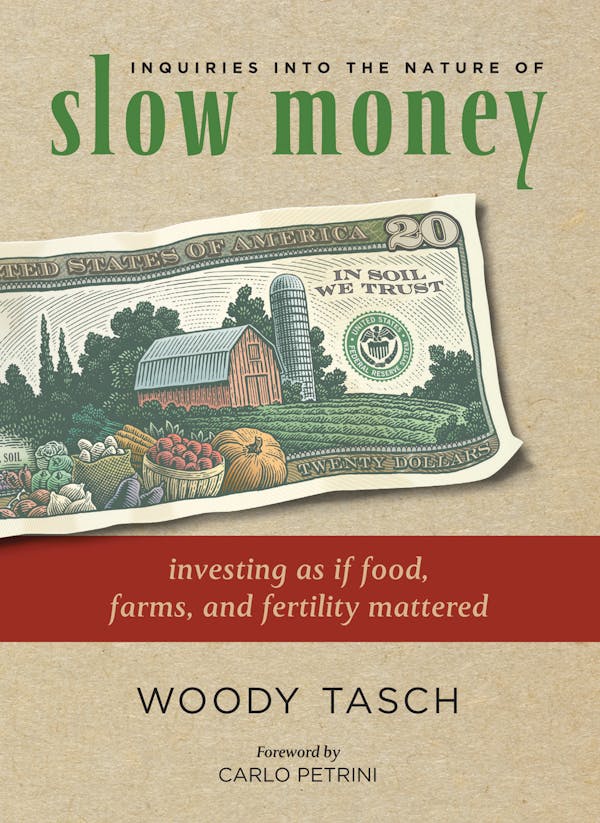
Inquiries Into the Nature of Slow Money: Investing as If Food, Farms, and Fertility Mattered
Get bookCould there ever be an alternative stock exchange dedicated to slow, small, and local? Could a million American families get their food from CSAs? What if you had to invest 50 percent of your assets within 50 miles of where you live? Such questions-at the heart of slow money-represent the first steps on our path to a new economy. Inquiries into the Nature of Slow Money presents an essential new strategy for investing in local food systems and introduces a group of fiduciary activists who are exploring what should come after industrial finance and industrial agriculture.
-
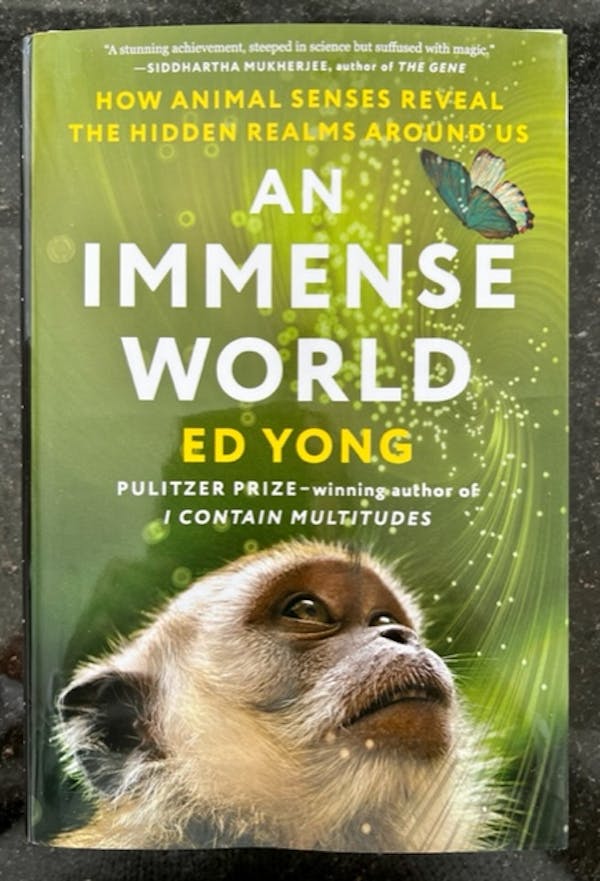
An Immense World: How Animal Senses Reveal the Hidden Realms Around Us
Get bookPulitzer-winning journalist Ed Yong reveals in this eye-opening survey animals’ world through their own perceptions. Every animal is “enclosed within its own unique sensory bubble,” he writes, or its own “perceptual world.” Yong’s tour covers vision (mantis shrimp have “12 photoreceptor classes”), sound (birds, researchers suggest, hear in a similar range as humans but they hear faster), and nociception, the tactile sense that sends danger signals (which is so widespread that it exists among “creatures separated by around 800 million years of evolution”). There are a wealth of other senses outside the standard five: sea turtles have two magnetic senses, electric fish generate currents to “sense their surroundings” as well as to communicate with each other, and the platypus’s sensitive bill gives it what scientists think may be “electrotouch.” Yong ends with a warning against light and sound pollution, which can confuse and disturb animals’ lives, and advocation that “natural sensescapes” ought to be preserved and restored.
-

Dune
Get bookDune is a renowned classic science-fiction novel that has engaged and fascinated readers for decades. At One Earth, we also recognize its ecological contributions. The book is set on the arid, desert planet Arrakis, also called Dune. However, the climate is not only used as a setting but also as a testament to the influence of natural forces in our lives. Frank Herbert blends his esteem for ecological literacy into the book and presents ideas based in permaculture and regeneration as part of an integral way of life on the planet. His obvious desire for humans to live in harmony with nature show throughout the book in lines such as “Men and their works have been a disease on the surface of their plane… you cannot go on forever stealing what you need without regard to those who come after."
-
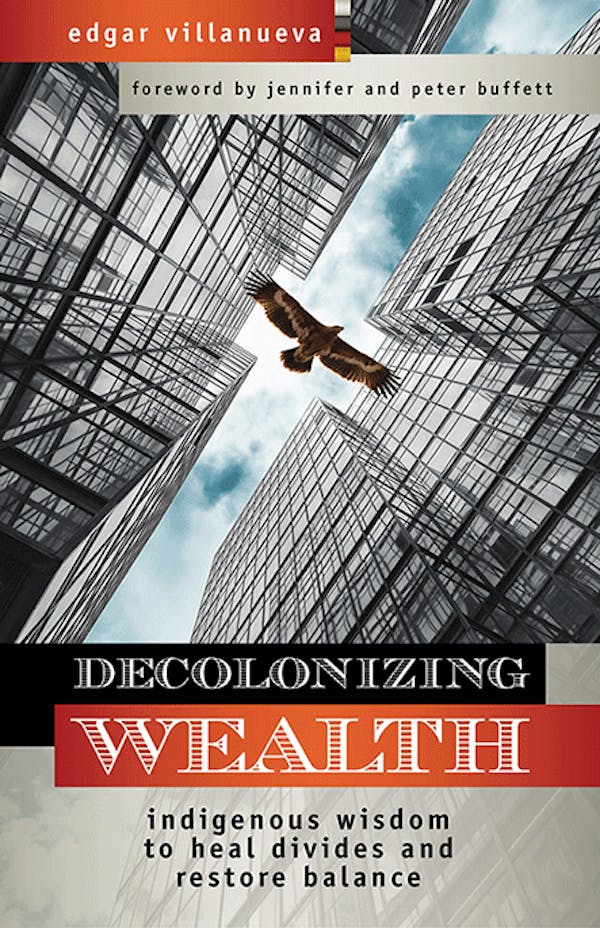
Decolonizing Wealth: Indigenous Wisdom to Heal Divides and Restore Balance
Get bookDecolonizing Wealth is a provocative analysis of the dysfunctional colonial dynamics at play in philanthropy and finance. Award-winning philanthropy executive Edgar Villanueva draws from the traditions from the Native way to prescribe the medicine for restoring balance and healing our divides.
-
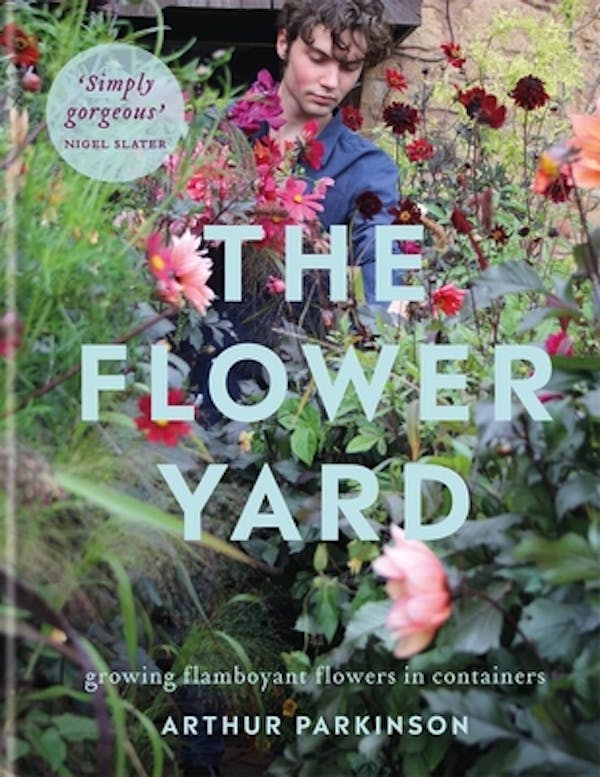
The Flower Yard
Get bookWith his bantam hens at his feet, Arthur shares his life, knowledge, flair and influences for planting creatively, all of which combine to create a space that's rich in ever-changing color and life.
-
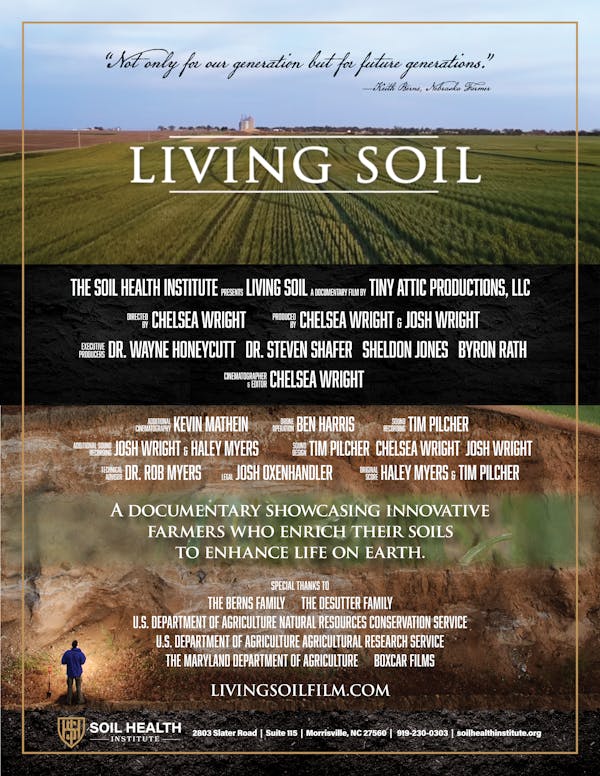
Living Soil
Watch filmLiving Soil tells the story of farmers, scientists, and policymakers working to incorporate agricultural practices to benefit soil health for years to come. Living Soil takes you on a journey from lush landscapes in Oregon, the sun-baked fields of California, the vast green acres of the Midwest, to the waterfront farming and fishing communities in and around the Chesapeake Bay. Each farmer shares a story as unique as the soil they manage with a shared theme that resonates throughout the film: Our soil is a special resource we should all cherish and strive to protect.
-
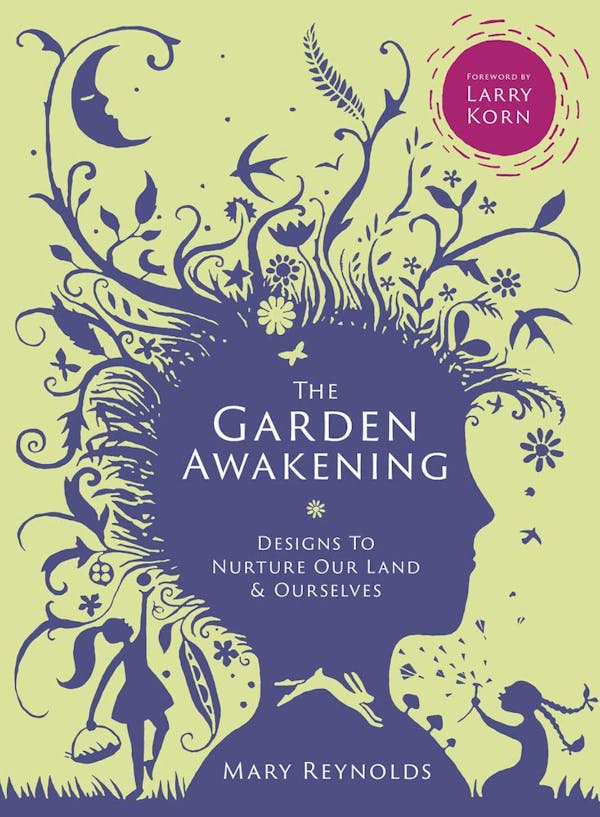
The Garden Awakening: Designs to Nurture Our Land and Ourselves
Get bookAuthor Mary Reynolds demonstrates how to create a groundbreaking garden that is not simply a solitary space but an expanding, living, interconnected ecosystem. Drawing on old Irish ways and methods of working with the land, this beautiful book is both art and inspiration for any garden lover seeking to create a positive, natural space.
-
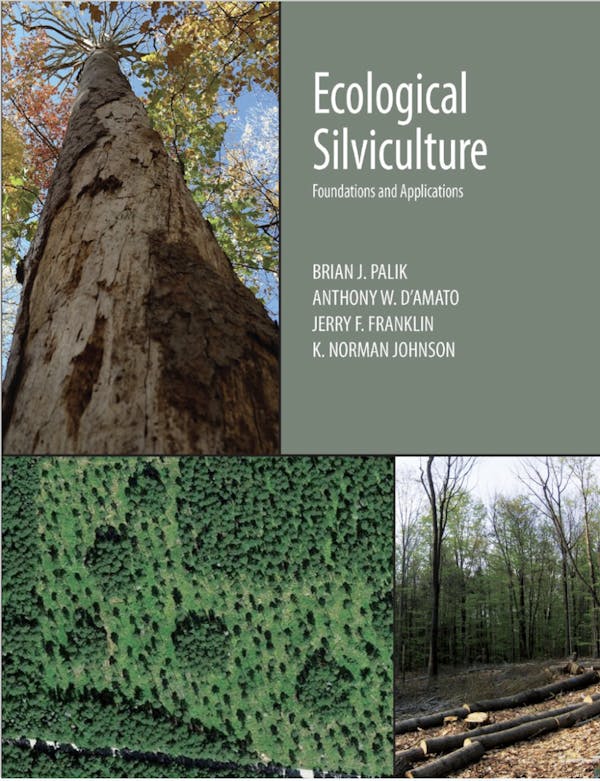
Ecological Silviculture
Get bookThis book is a great resource when attempting to bring management more in line with natural forest processes. Rather than simply adding a layer of ecological objectives to classic forestry treatments, Ecological Silviculture purposefully changes the language we use in the field. Reframing silviculture through an ecological lens captures the whole system, including the economic importance to forest-dependent communities.
-
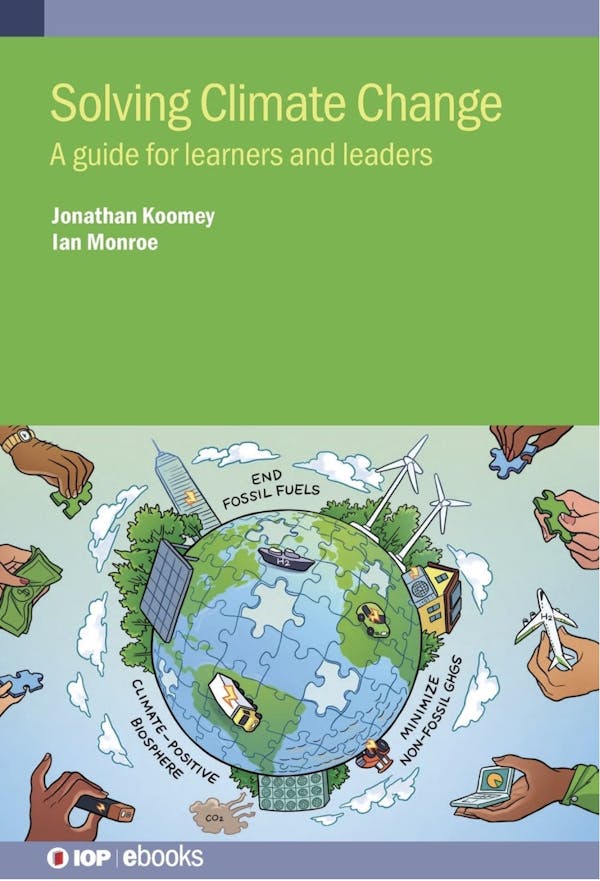
Solving Climate Change: A Guide for Learners and Leaders
Get bookThis book frames the climate problem in a comprehensive way and cuts through common conceptual confusions that impede rapid action. The first chapter describes the history, nature, and scope of the climate problem. The second chapter describes how to stabilize the climate by ending fossil fuels, minimizing non-fossil emissions, and creating a climate-positive biosphere. The authors identify five technical pillars of climate action needed to stabilize the climate, each of which gets its own chapter. These include electrifying (almost) everything, decarbonizing the electricity grid, minimizing non-fossil emissions, promoting efficiency and optimization, and removing carbon from the atmosphere. The book then moves beyond the narrow technical and policy focus of most previous climate solutions work by detailing three more "institutional" pillars that require action: aligning incentives, mobilizing money, and elevating truth.
-
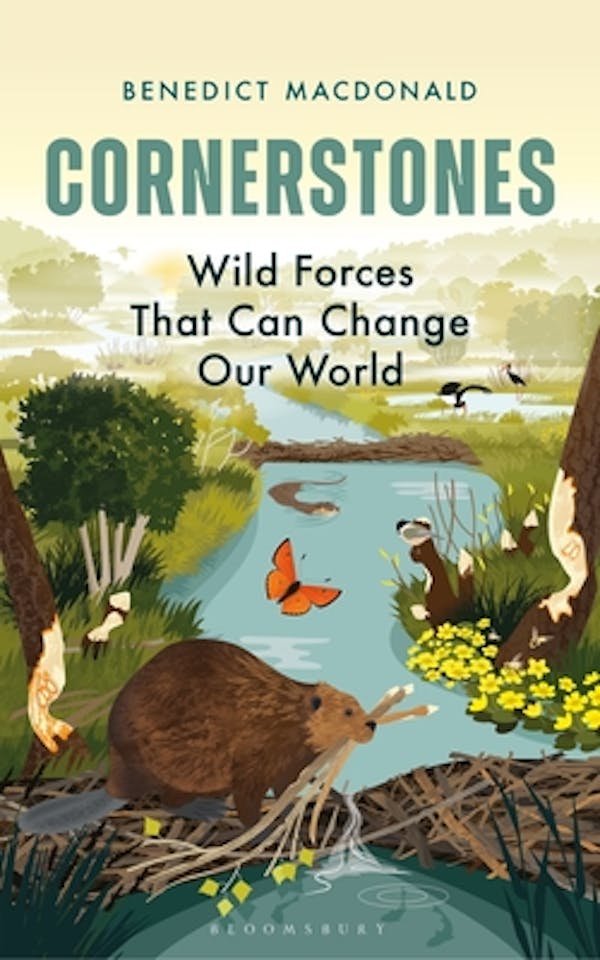
Cornerstones | Wild forces that can change our world
Get bookTransform your understanding of the natural world forever and discover the wild forces that once supported Britain's extraordinary natural riches, and could again. Discover how beavers craft wetlands, save fish, encourage otters, and prevent rivers from flooding. Learn how ‘disruptive’ boars are seasoned butterfly conservationists, why whales are crucial for restoring seabird cities, and how lynx could save our trees, help sequester carbon and protect our most threatened birds.
-

Sing Like Fish: How Sound Rules Life Under Water
Get bookIn Sing Like Fish, award-winning science journalist Amorina Kingdon synthesizes historical discoveries with the latest research in a clear and compelling portrait of this sonic undersea world. From plainfin midshipman fish, whose swim-bladder drumming is loud enough to keep houseboat-dwellers awake, to the syntax of whalesong, from the deafening crackle of snapping shrimp, to underwater earthquakes and volcanoes, sound plays a vital role in feeding, mating, parenting, navigating, and warning - even in animals that we never suspected of acoustic ability.
-
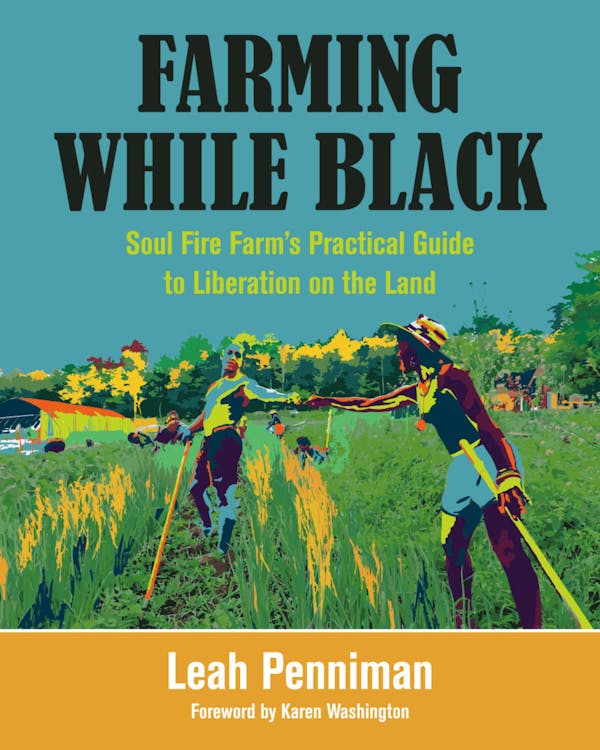
Farming While Black | Soul Fire Farm's Practical Guide to Liberation on the Land
Get bookSome of our most cherished sustainable farming practices have roots in African wisdom. Yet, discrimination and violence against African-American farmers has led to their decline from 14 percent of all growers in 1920 to less than 2 percent today, with a corresponding loss of over 14 million acres of land. Further, Black communities suffer disproportionately from illnesses related to lack of access to fresh food and healthy natural ecosystems. Soul Fire Farm, cofounded by author, activist, and farmer Leah Penniman, is committed to ending racism and injustice in our food system. Through innovative programs such as the Black-Latinx Farmers Immersion, a sliding-scale farmshare CSA, and Youth Food Justice leadership training, Penniman is part of a global network of farmers working to increase farmland stewardship by people of color, restore Afro-indigenous farming practices, and end food apartheid.
-

Kitchen Hacked
Get bookKitchen Hacked is a warm and practical introduction to Kristin O’Connor’s approach to wholesome, wellness-focused cooking. This digital cookbook features a curated selection of her favorite recipes, designed to help home cooks use what they have, reduce waste, and build confidence in the kitchen. With an emphasis on flexibility and flavor, it’s a perfect guide for anyone looking to cook nourishing meals with ease. Download the PDF and start cooking with intention and joy.
-
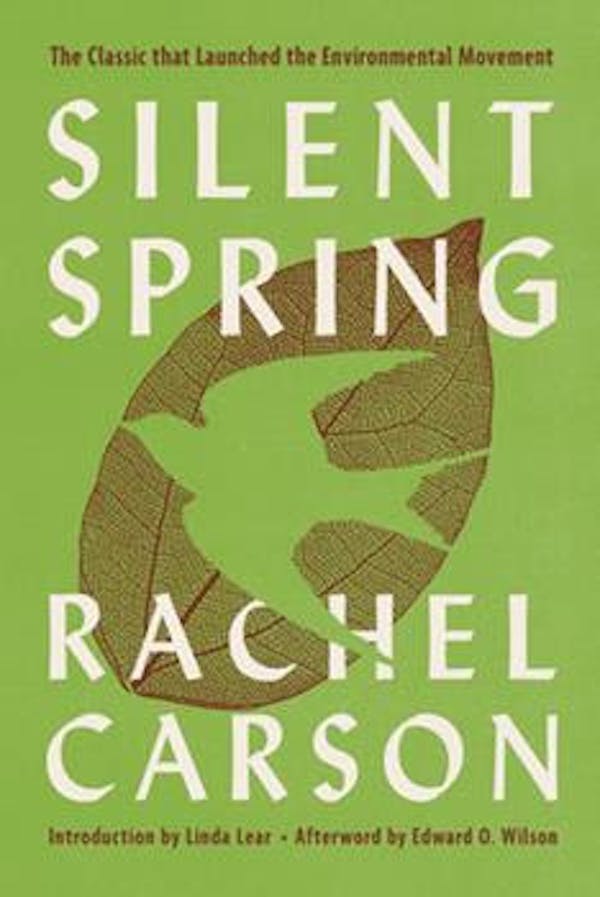
Silent Spring
Recommended by: Lindsey Jean Schueman
Get bookWritten by Rachel Carson in 1962, Silent Spring alerted a large audience to the environmental and human dangers of the indiscriminate use of pesticides, spurring revolutionary changes in the laws affecting our air, land, and water. The book became a runaway bestseller and, in many ways, sparked the environmental movement we know today.
-
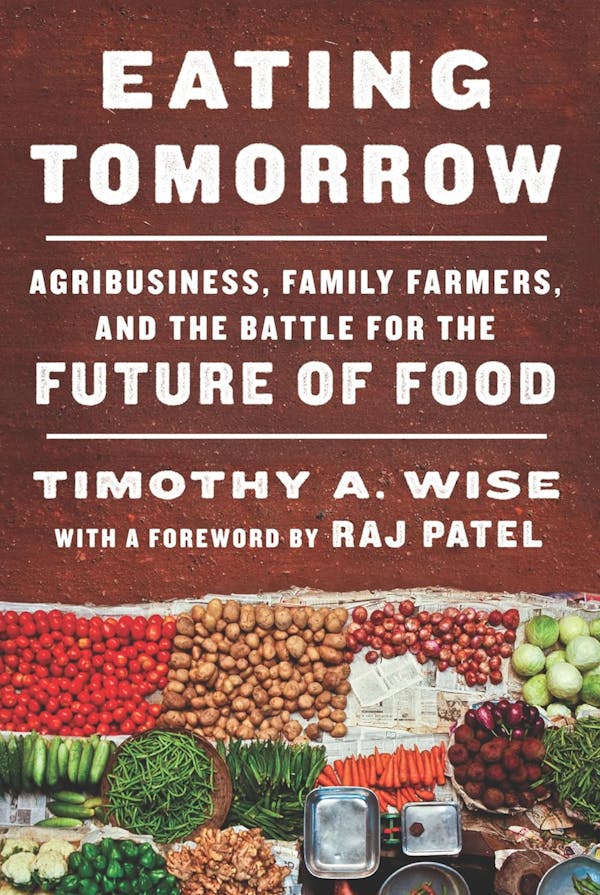
Eating Tomorrow: Agribusiness, Family Farmers, and the Battle for the Future of Food
Recommended by: Nuna Teal
-

Earthshot: How To Save Our Planet
Get bookEarthshot: How To Save Our Planet is the first definitive book about how these goals can tackle the environmental crisis. It is a critical contribution to the most important story of the decade.
-
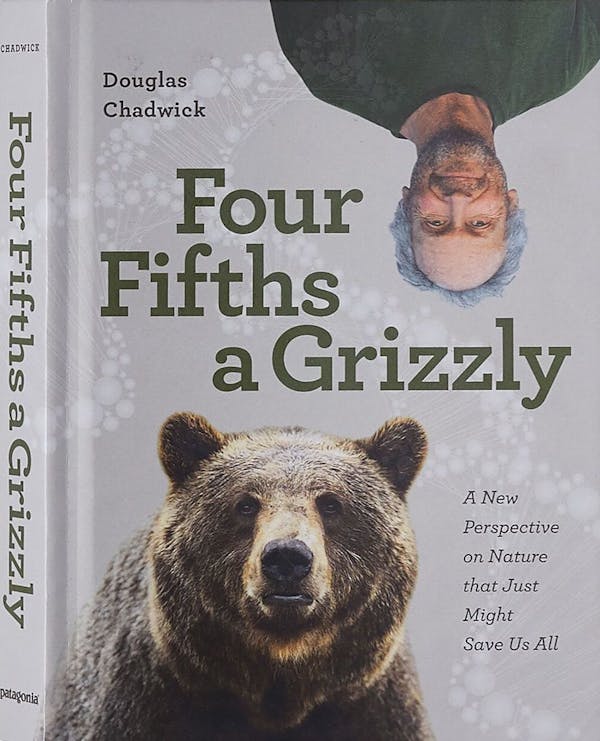
Four Fifths a Grizzly: A New Perspective on Nature that Just Might Save Us All
Get bookProlific author and National Geographic writer Doug Chadwick’s fresh look at human’s place in the natural world. In his accessible and engaging style, Chadwick approaches the subject from a scientific angle, with the underlying message that from the perspective of DNA humans are not all that different from any other creature. He begins by showing the surprisingly close relationship between human DNA and that of grizzly bears, with whom we share 80 percent of our DNA. We are 60 percent similar to a salmon, 40 percent the same as many insects, and 24 percent of our genes match those of a wine grape. He reflects on the value of exposure to nature on human biochemistry and mentality, that we are not that far removed from our ancestors who lived closer to nature.
-
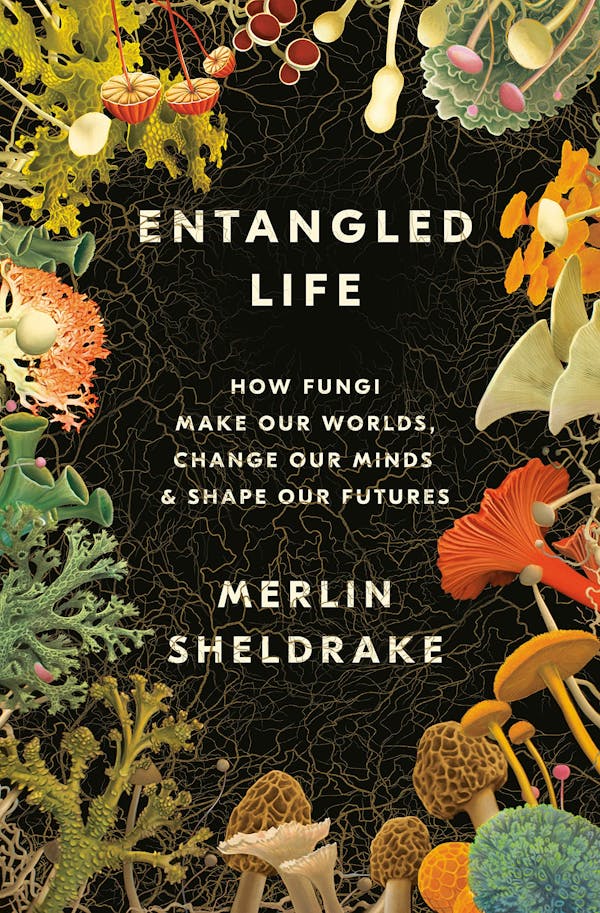
Entangled Life: How Fungi Make Our Worlds, Change Our Minds & Shape Our Futures
Get bookIn Entangled Life, the brilliant young biologist Merlin Sheldrake shows us the world from a fungal point of view, providing an exhilarating change of perspective. Sheldrake’s vivid exploration takes us from yeast to psychedelics, to the fungi that range for miles underground and are the largest organisms on the planet, to those that link plants together in complex networks known as the “Wood Wide Web,” to those that infiltrate and manipulate insect bodies with devastating precision.
-
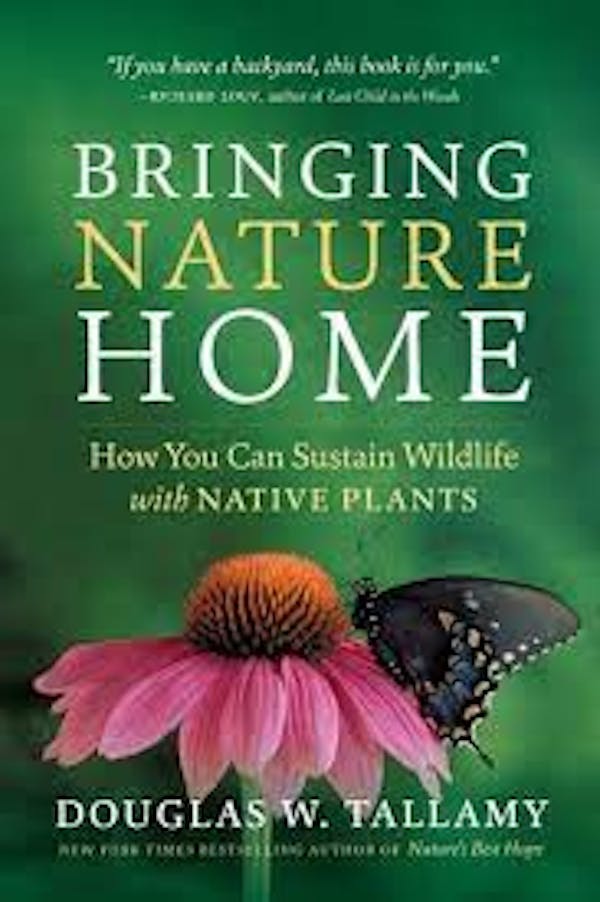
Bringing Nature Home: How Native Plants Sustain Wildlife in Our Gardens
Get bookThe pressures on wildlife populations today are greater than they have ever been and many gardeners assume they can remedy this situation by simply planting a variety of flowering perennials, trees, and shrubs. As Douglas Tallamy points out in this revelatory book, that assumption is largely mistaken. Wild creatures exist in a complex web of interrelationships, and often require different kinds of food at different stages of their development. There is an unbreakable link between native plant species and native wildlife. When native plant species disappear, the insects disappear, thus impoverishing the food source for birds and other animals. Fortunately, there is still time to reverse this alarming trend, and gardeners have the power to make a significant contribution toward sustainable biodiversity. By favoring native plants, gardeners can provide a welcoming environment for wildlife of all kinds. Healthy local ecosystems are not only beautiful and fascinating, they are also essential to human well-being. By heeding Douglas Tallamy's eloquent arguments and acting upon his recommendations, gardeners everywhere can make a difference.
-
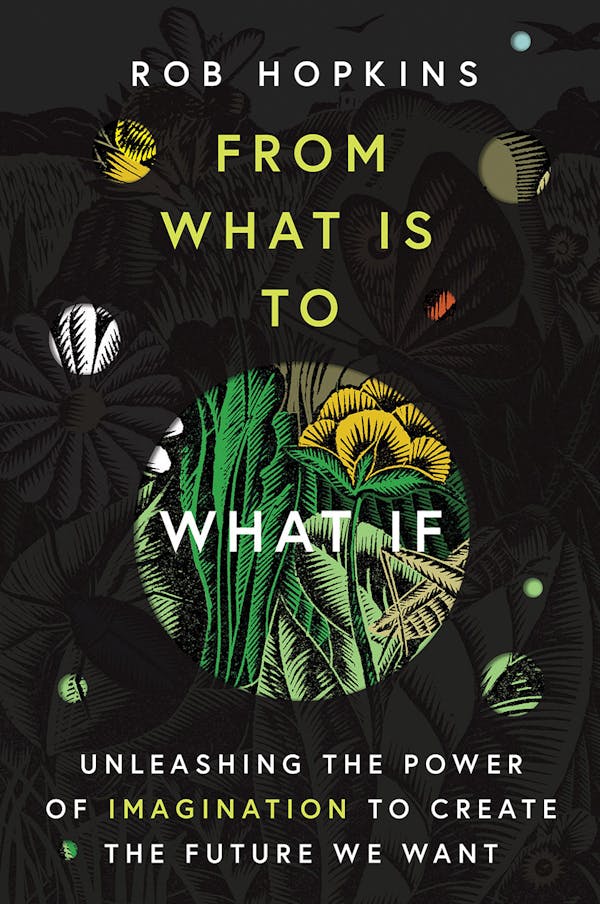
From What Is to What If: Unleashing the Power of Imagination to Create the Future We Want
Get bookFrom What Is to What If is a call to action to reclaim and unleash our collective imagination, told through the stories of individuals and communities around the world who are doing it now, as we speak, and witnessing often rapid and dramatic change for the better.